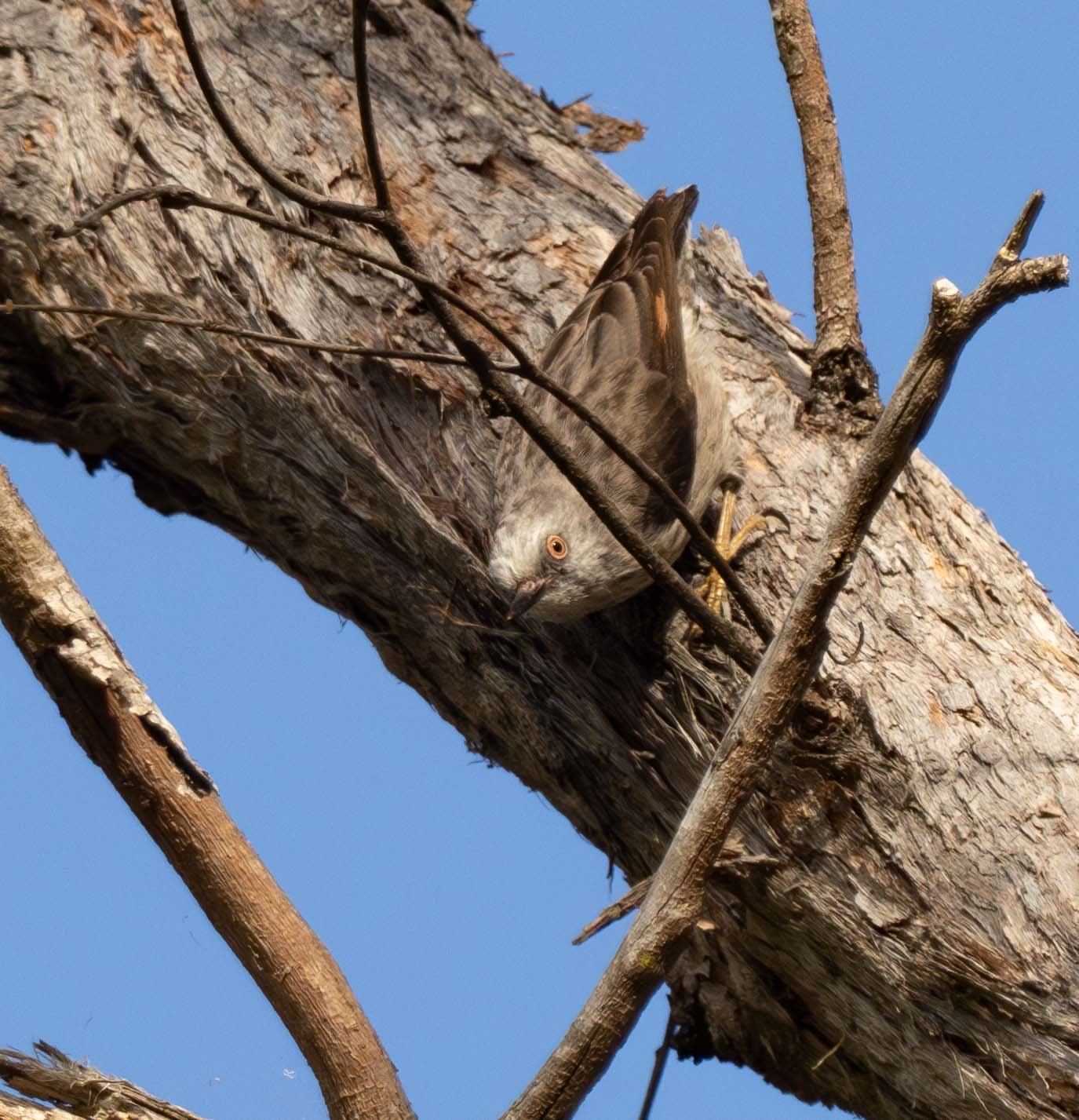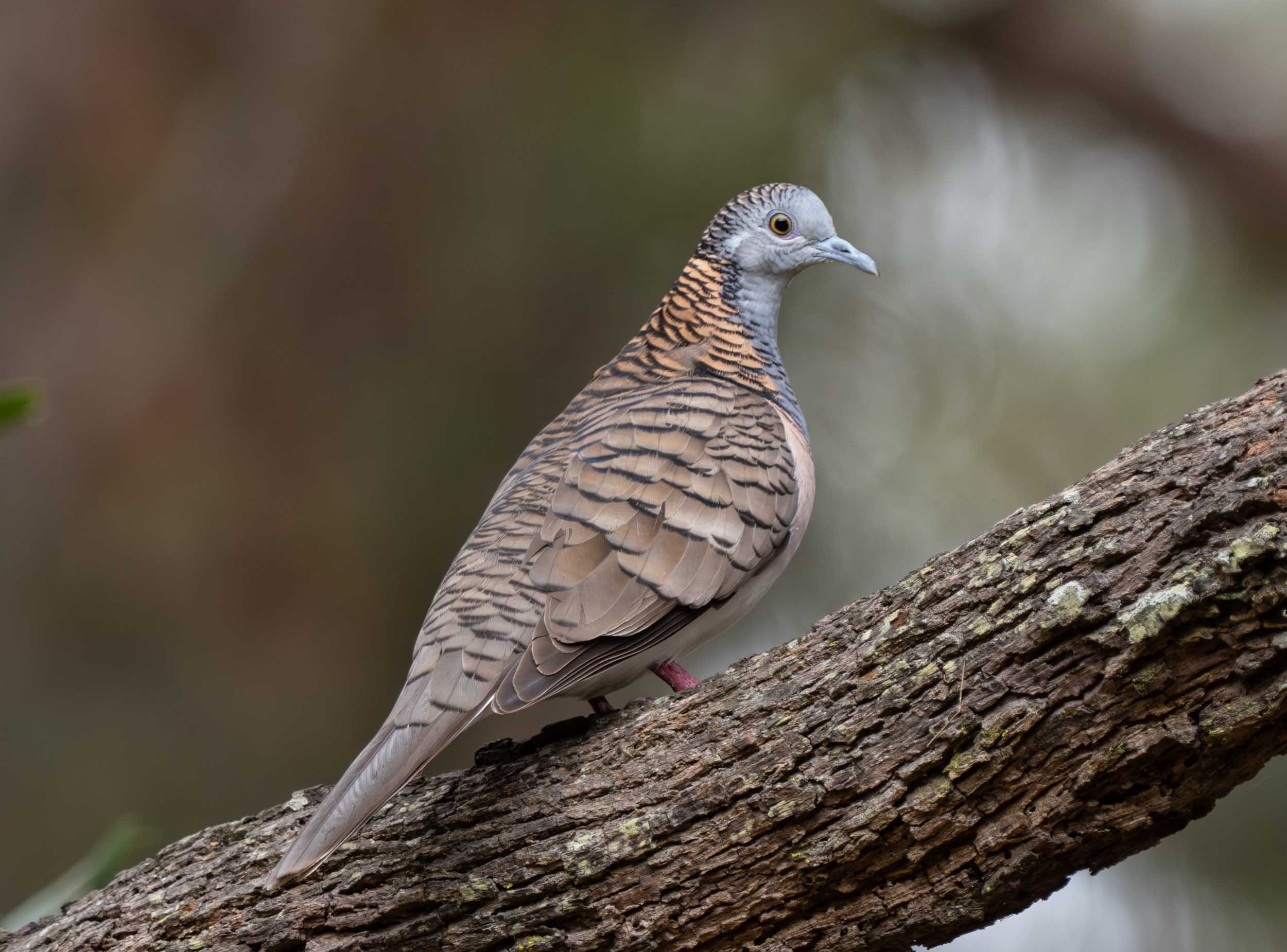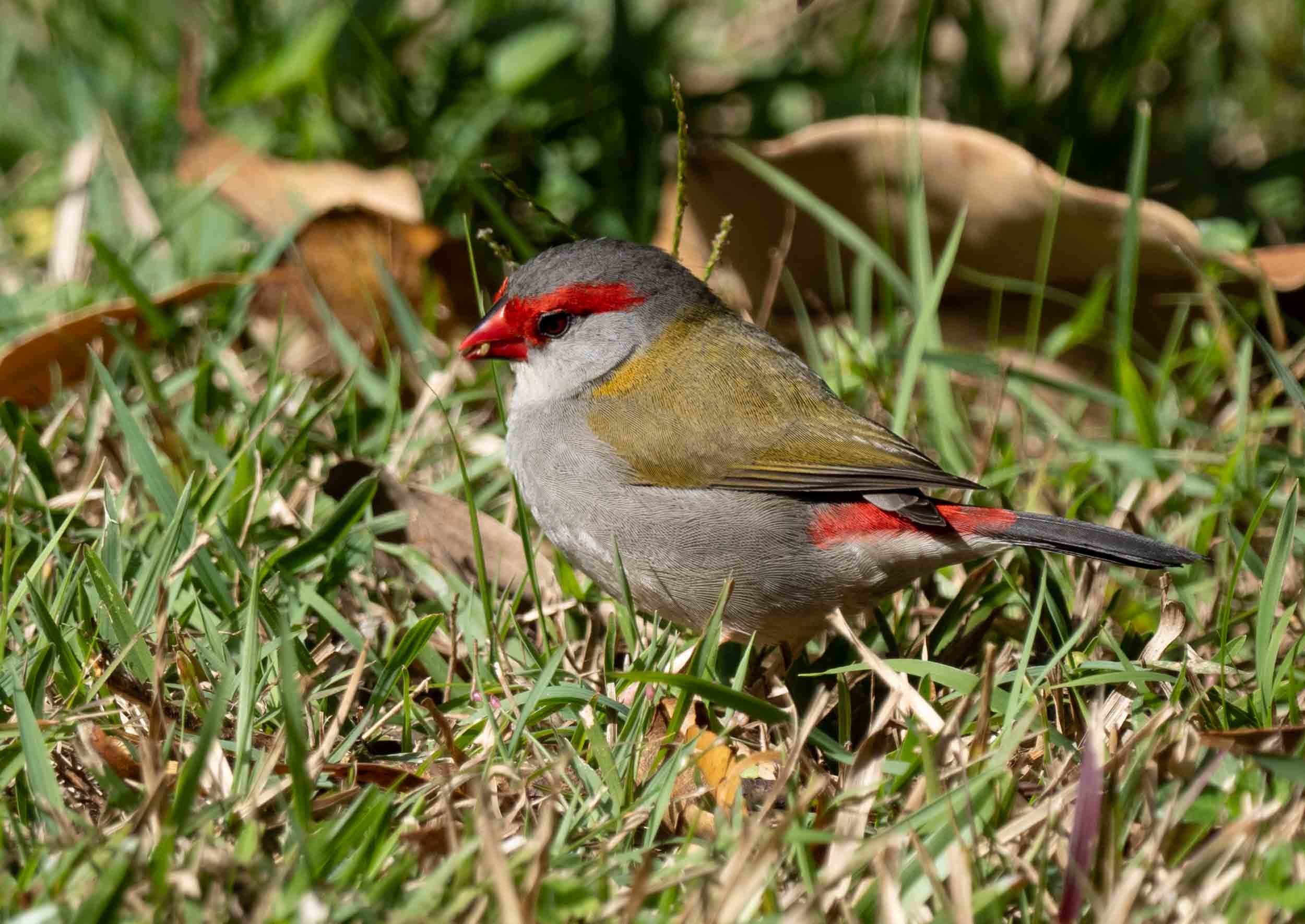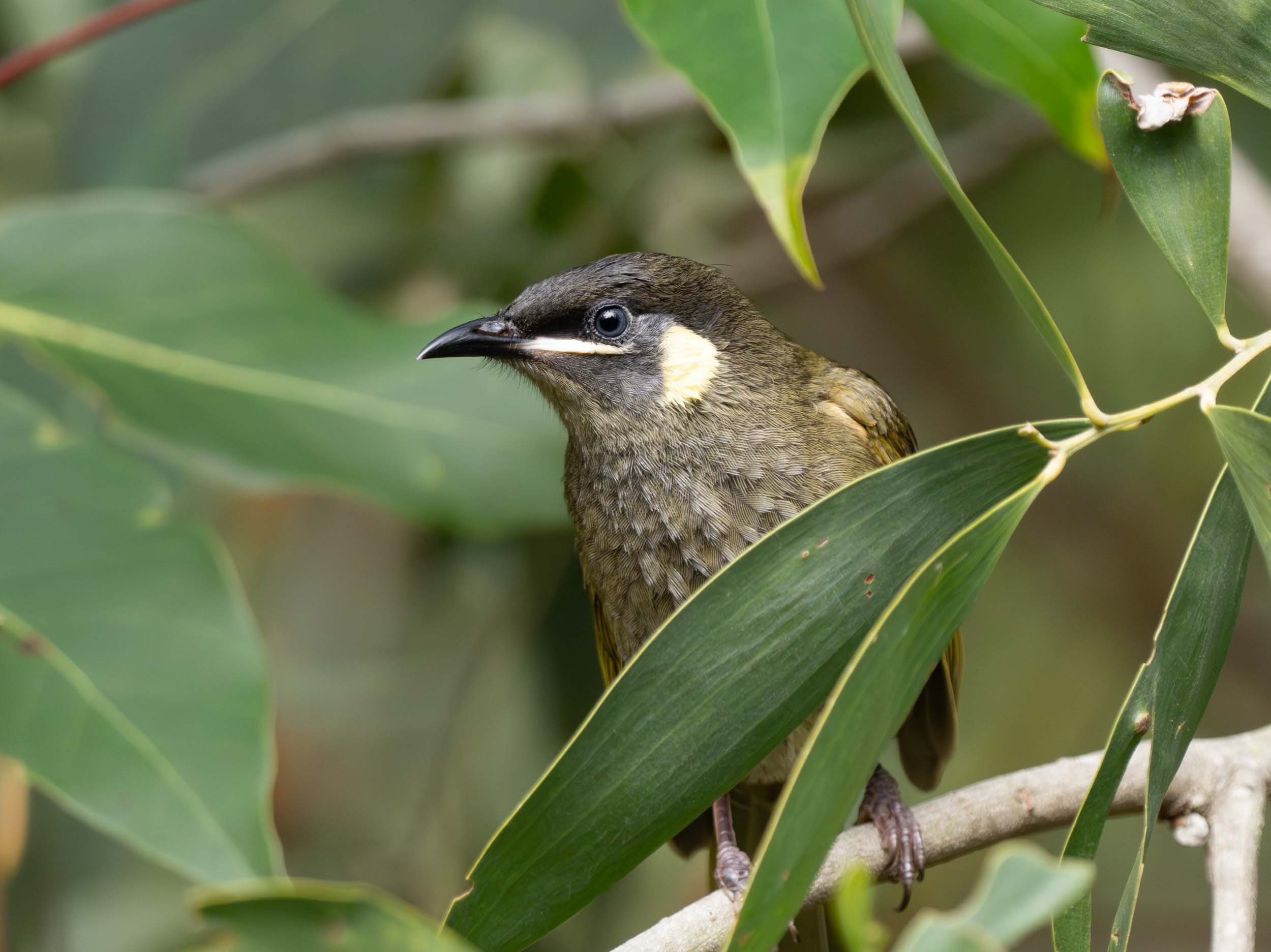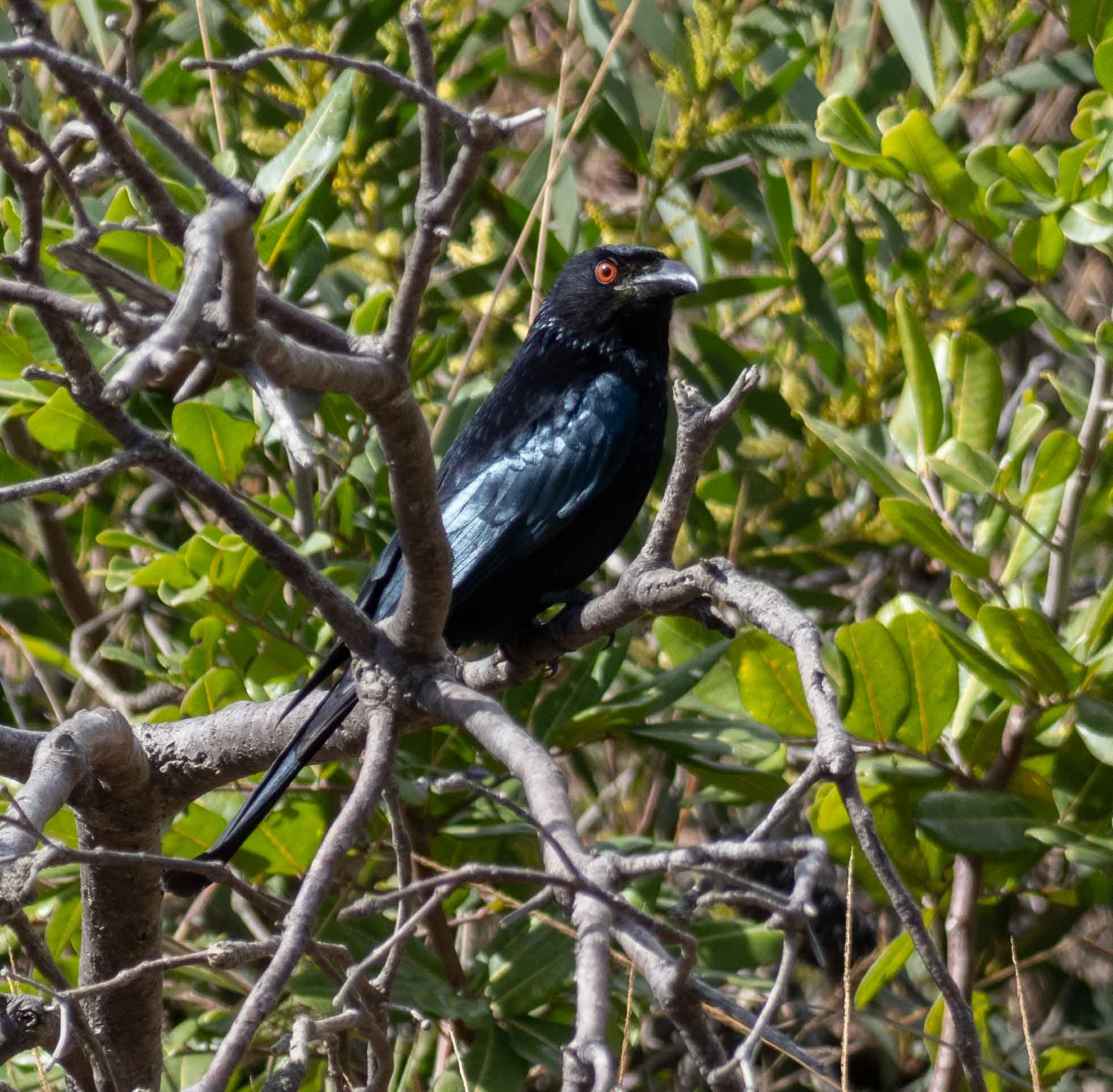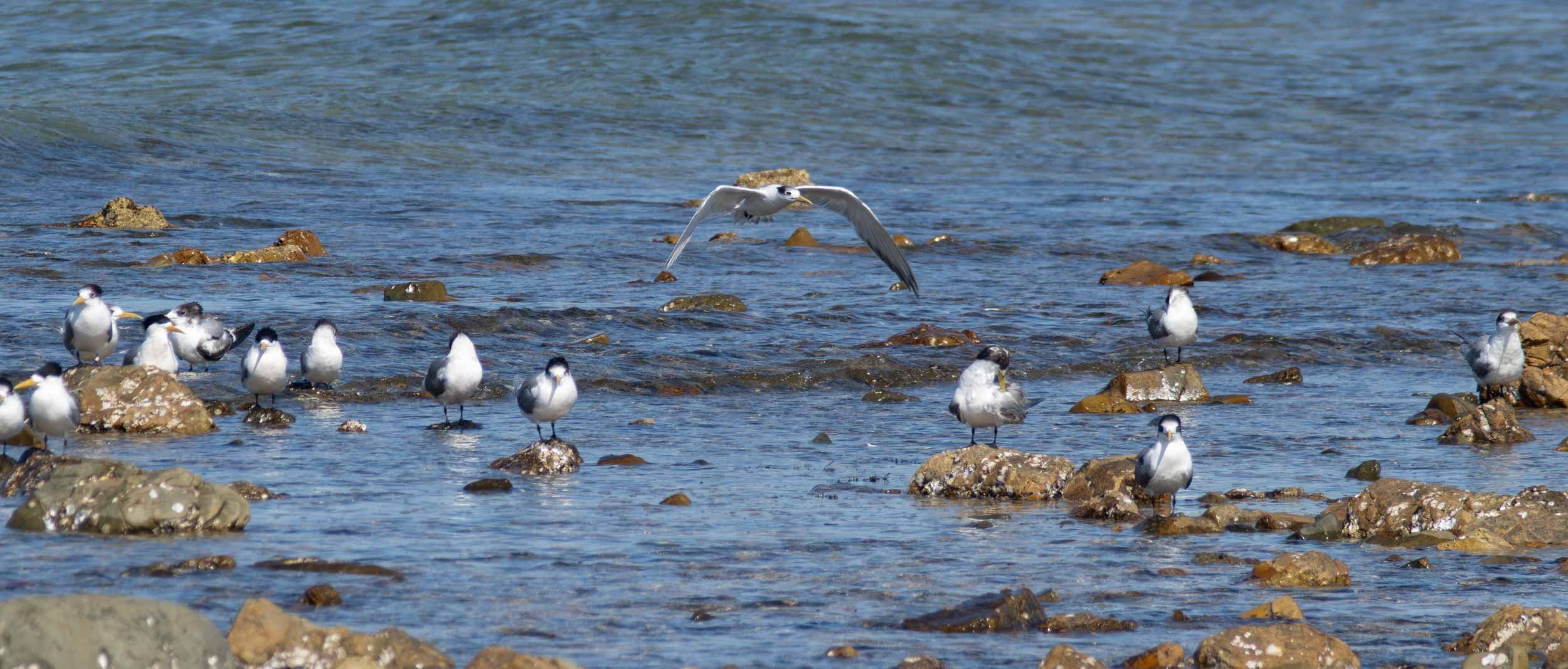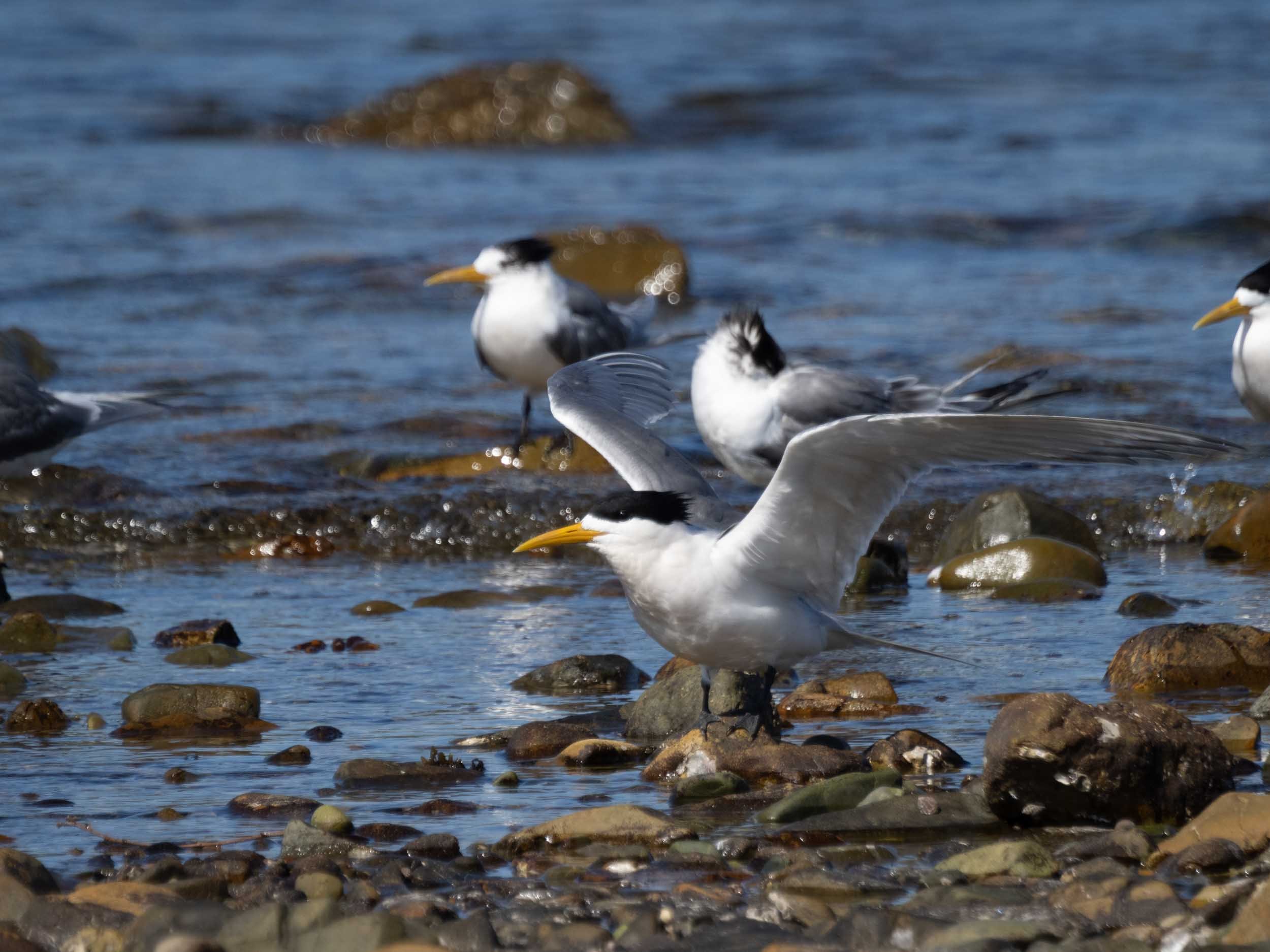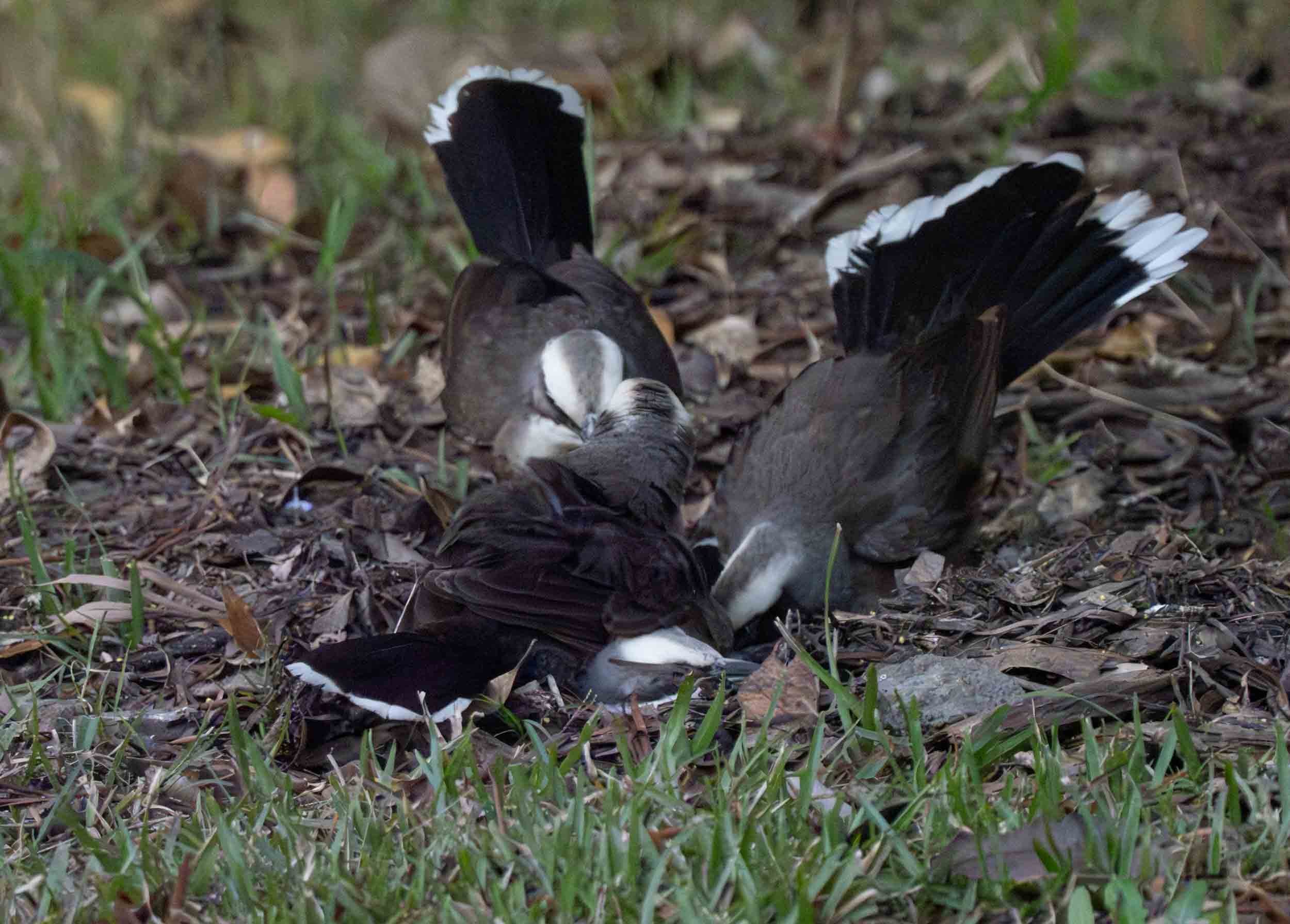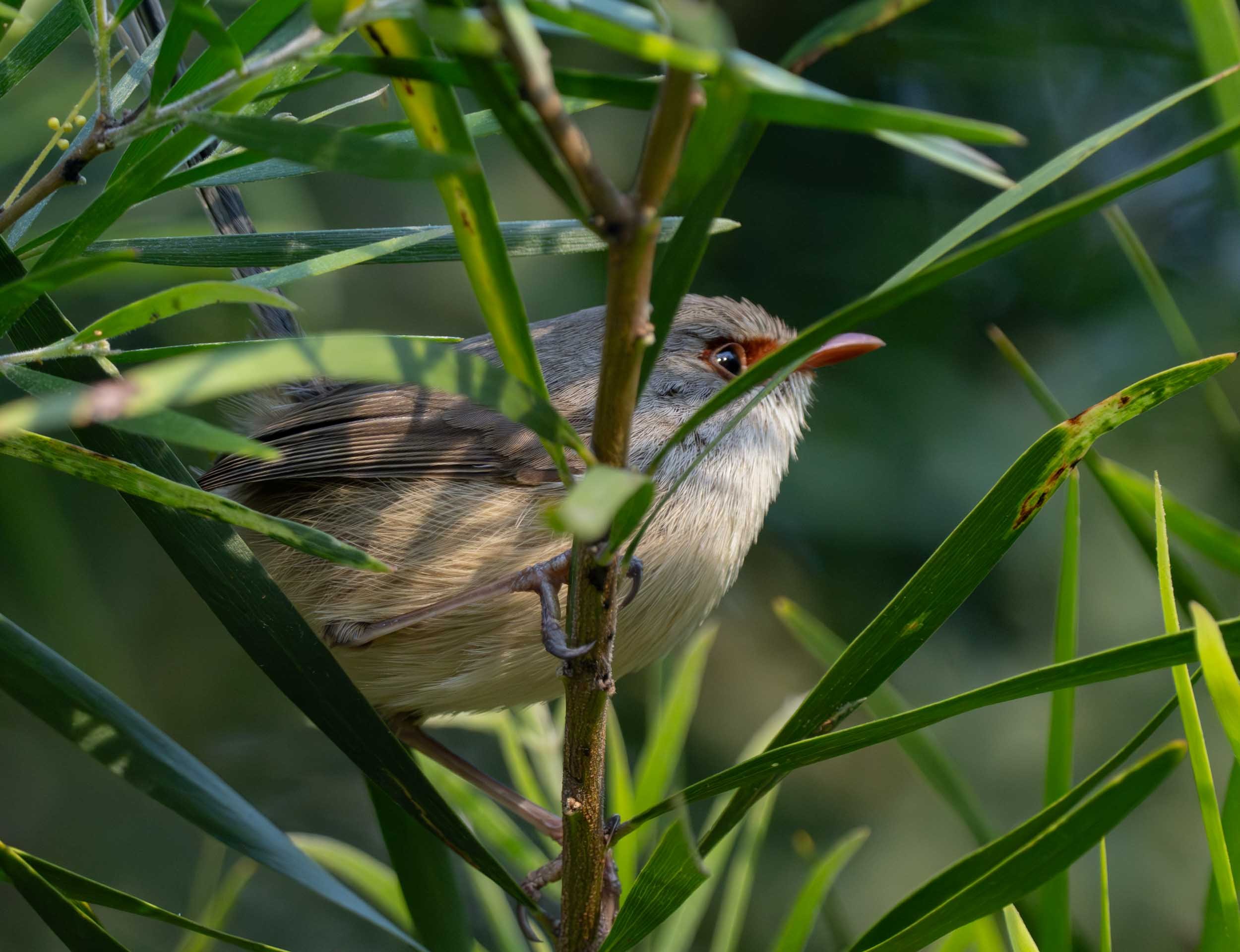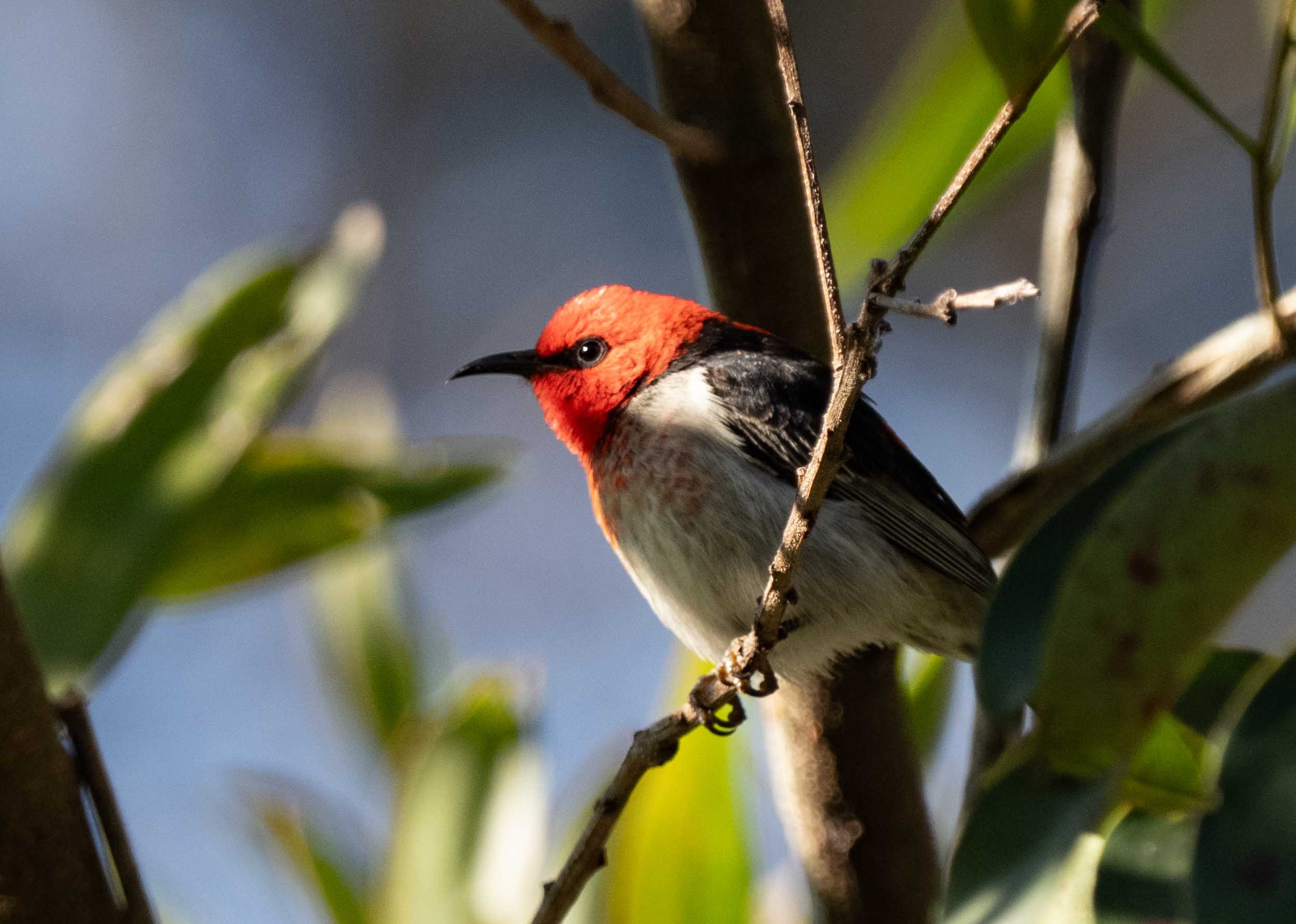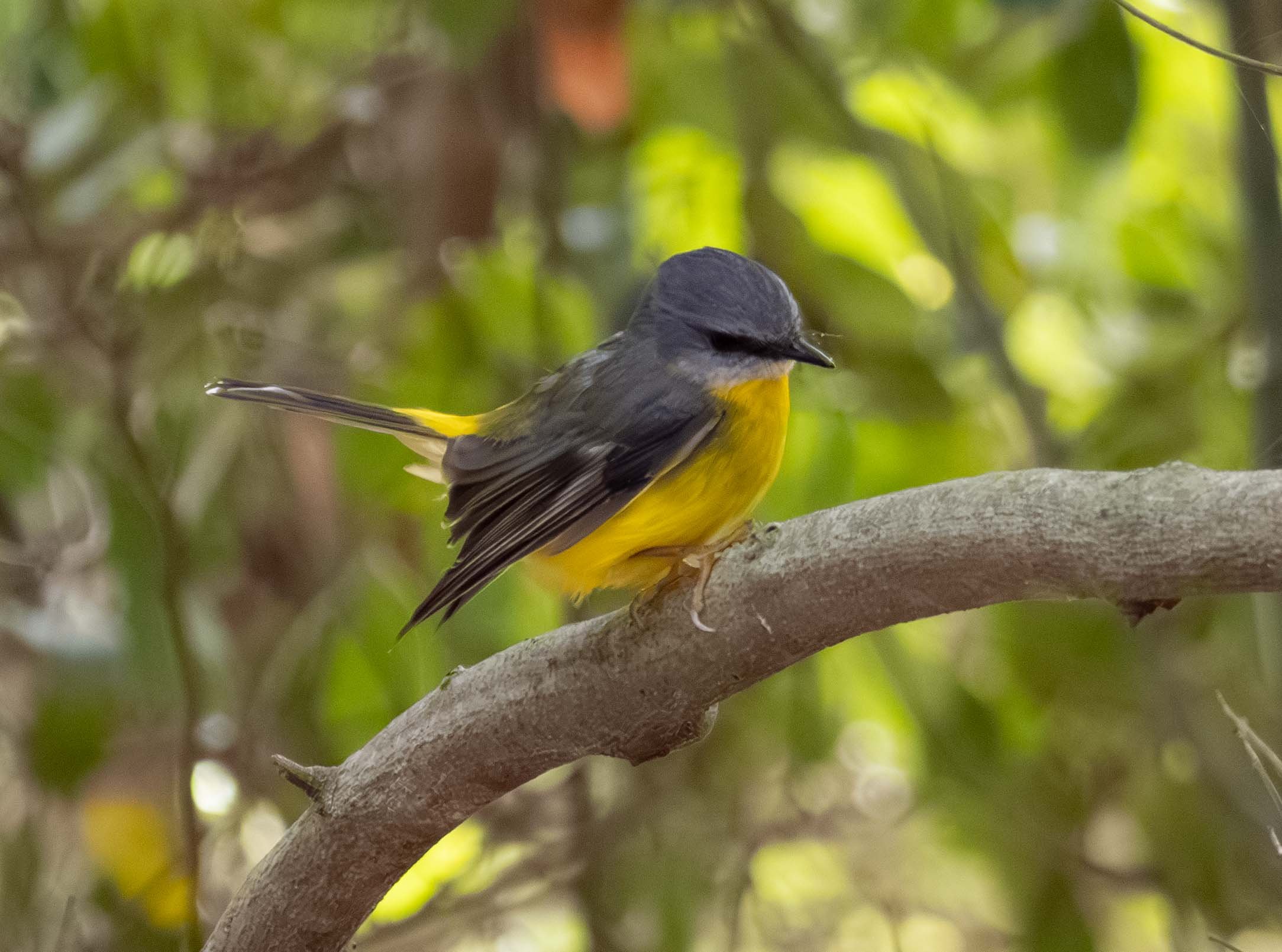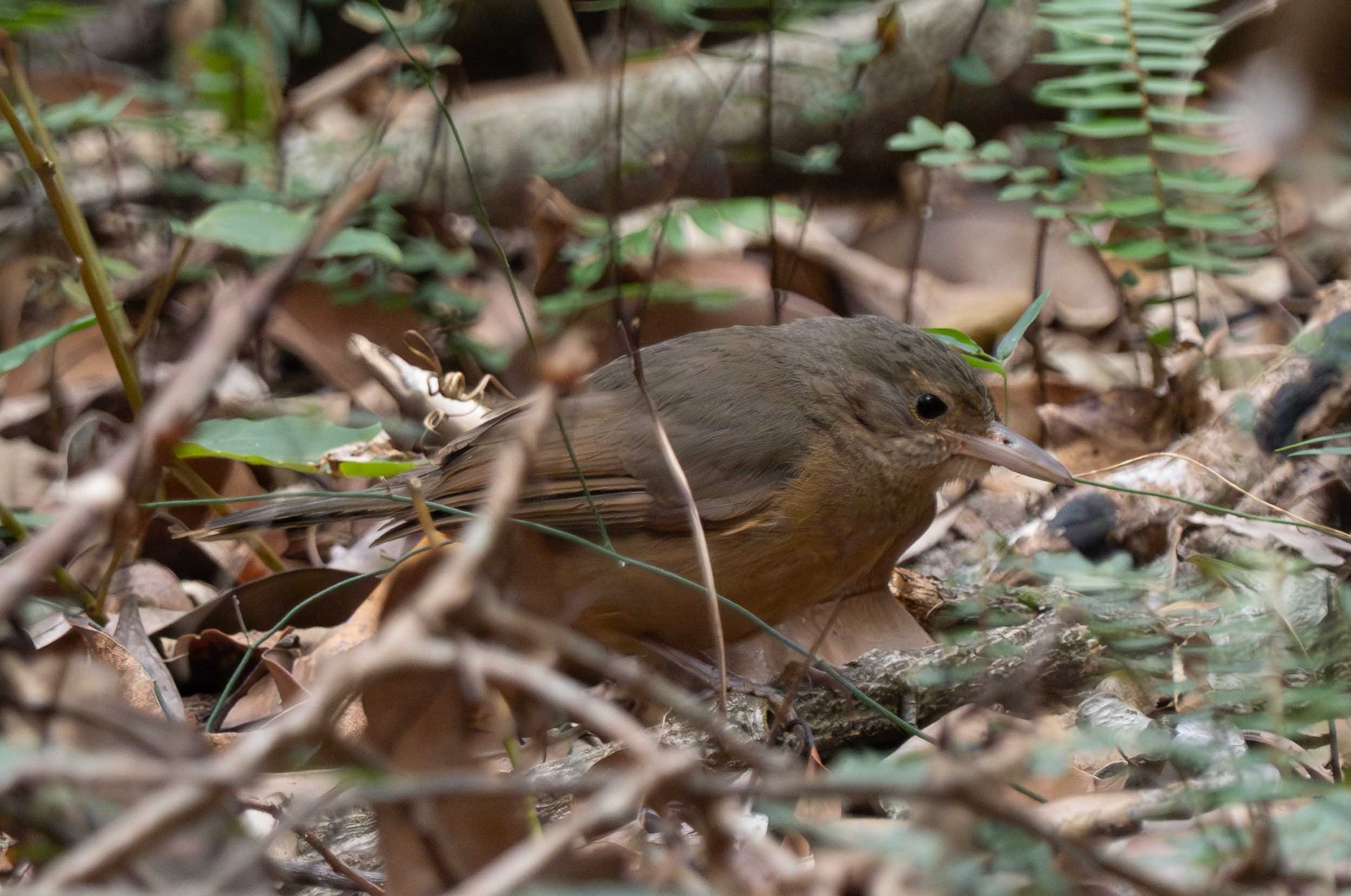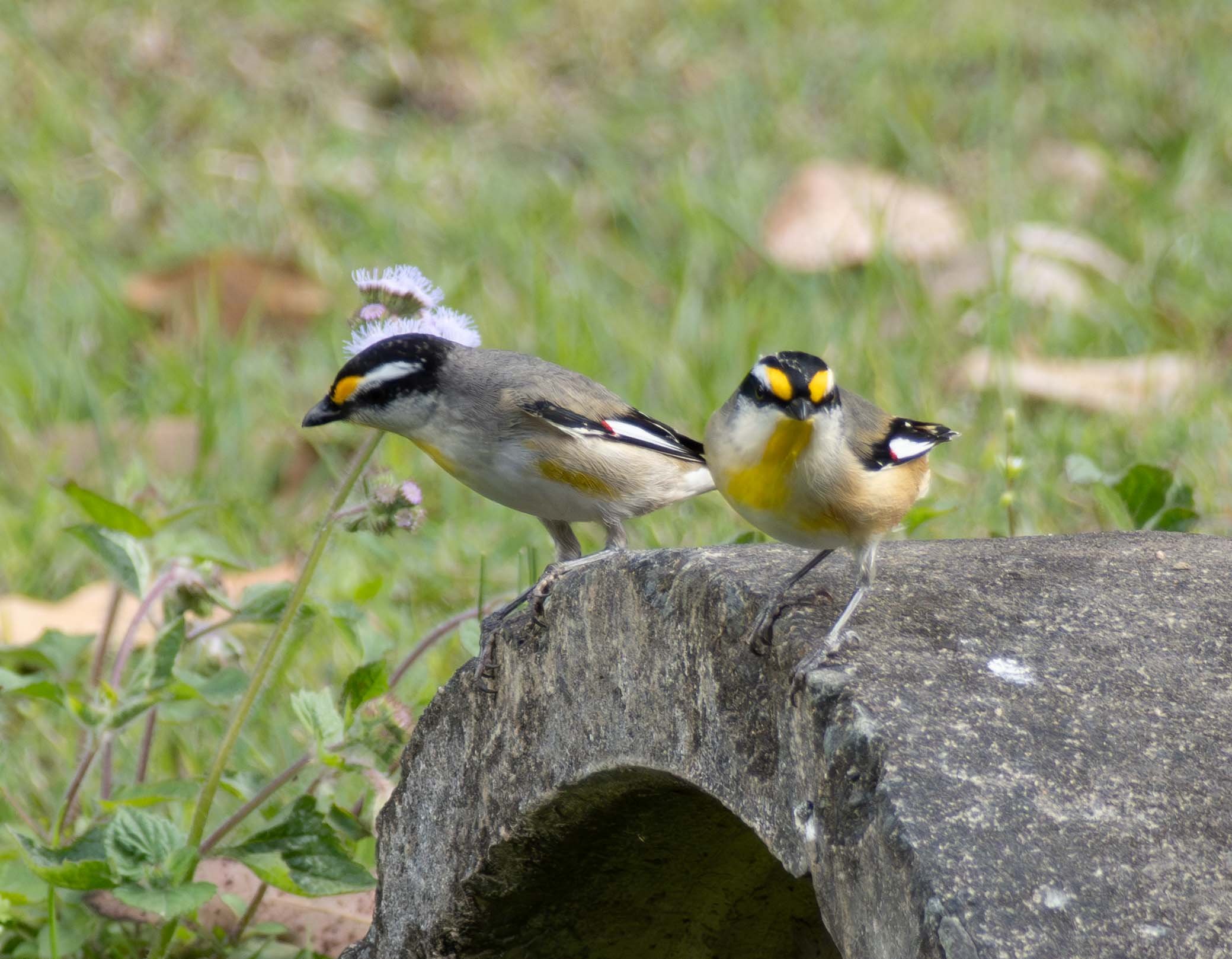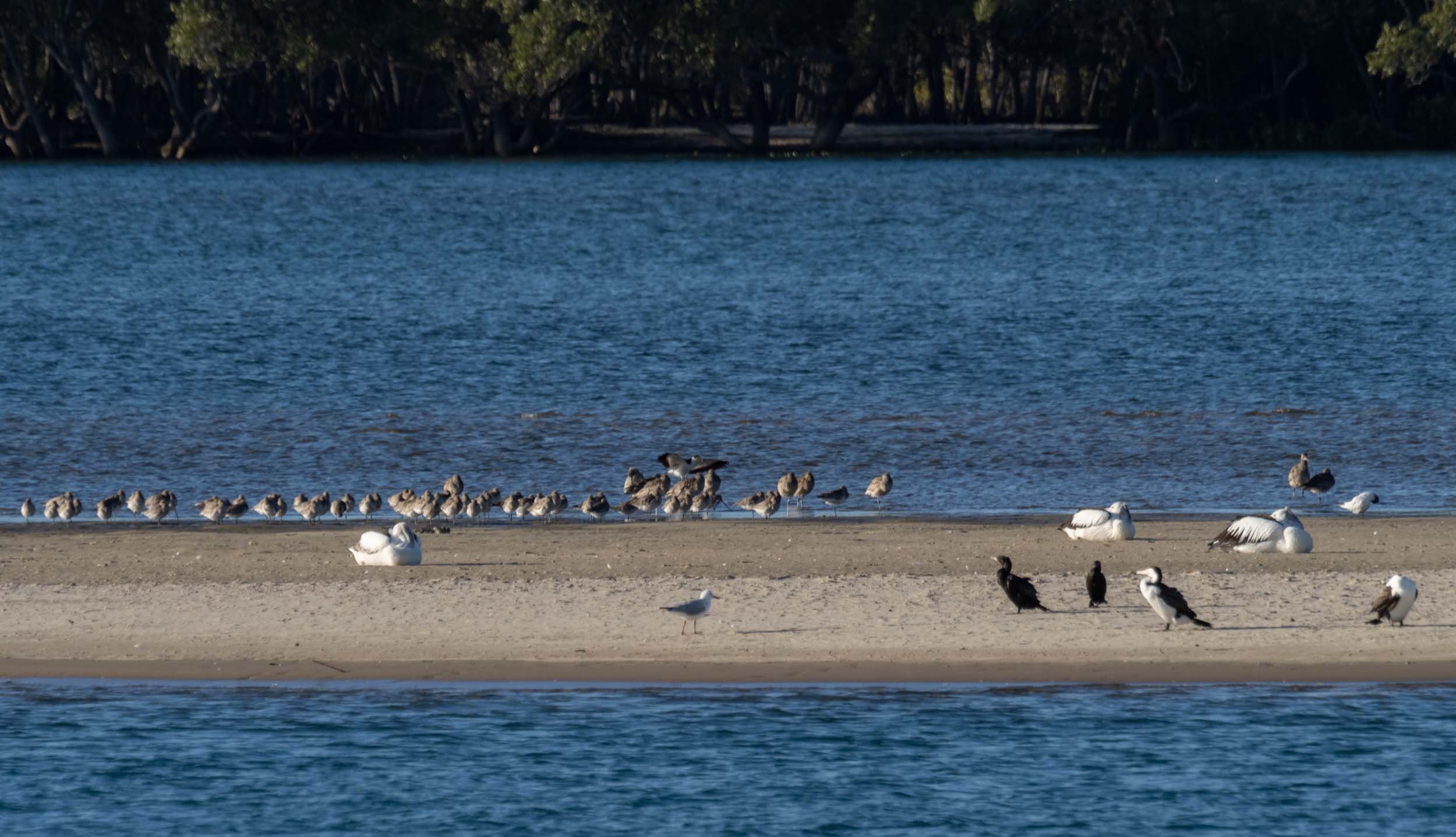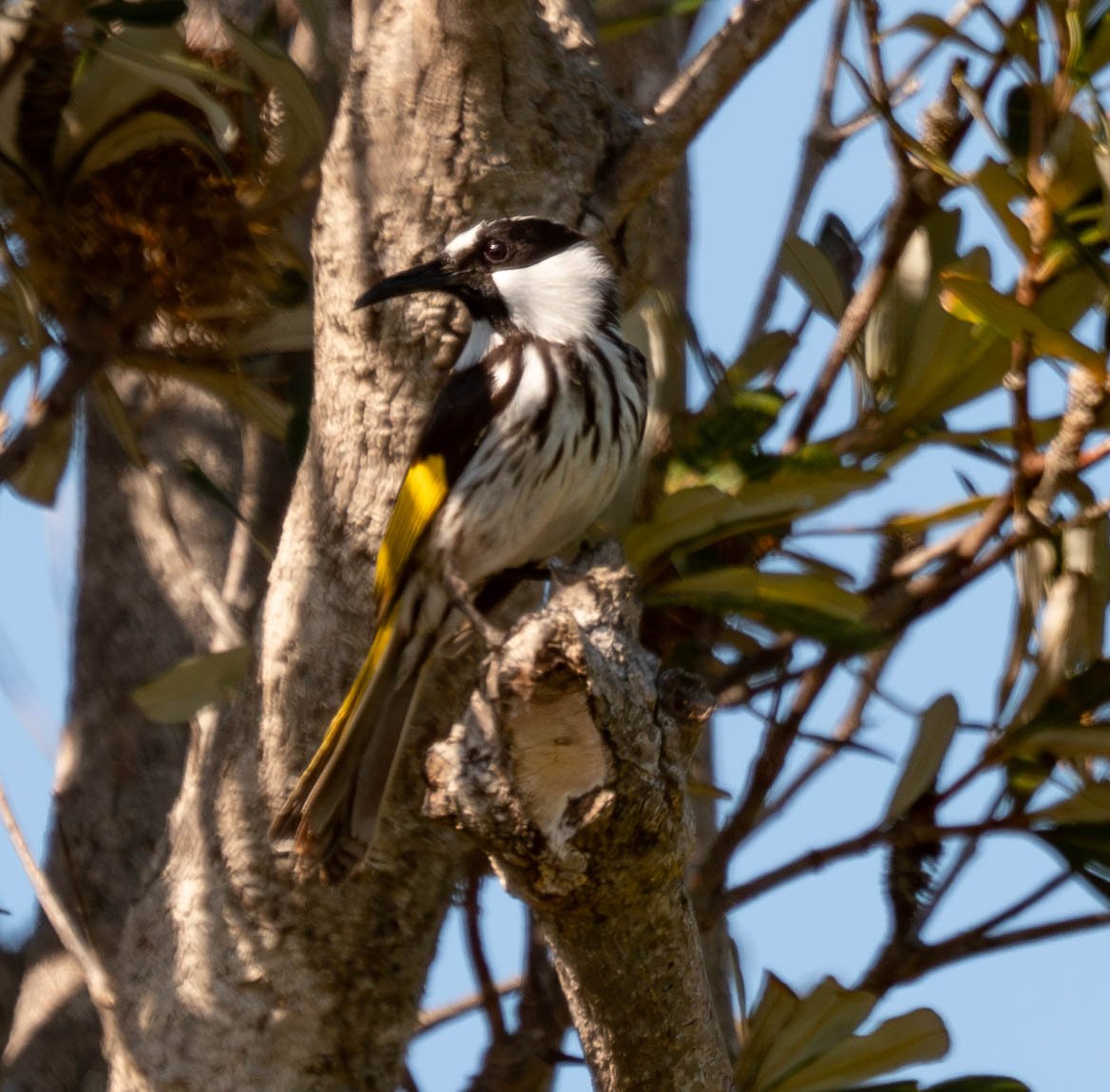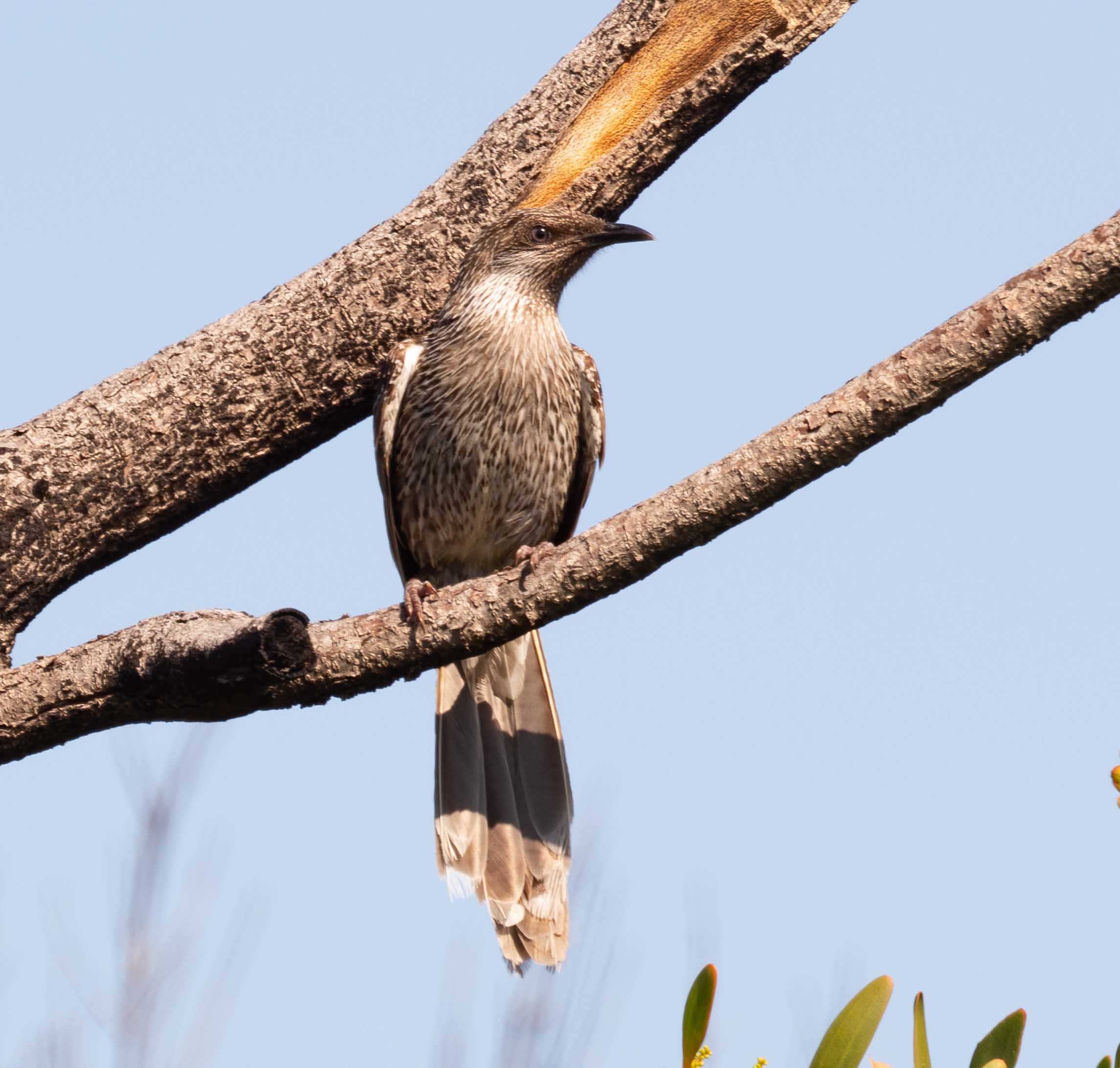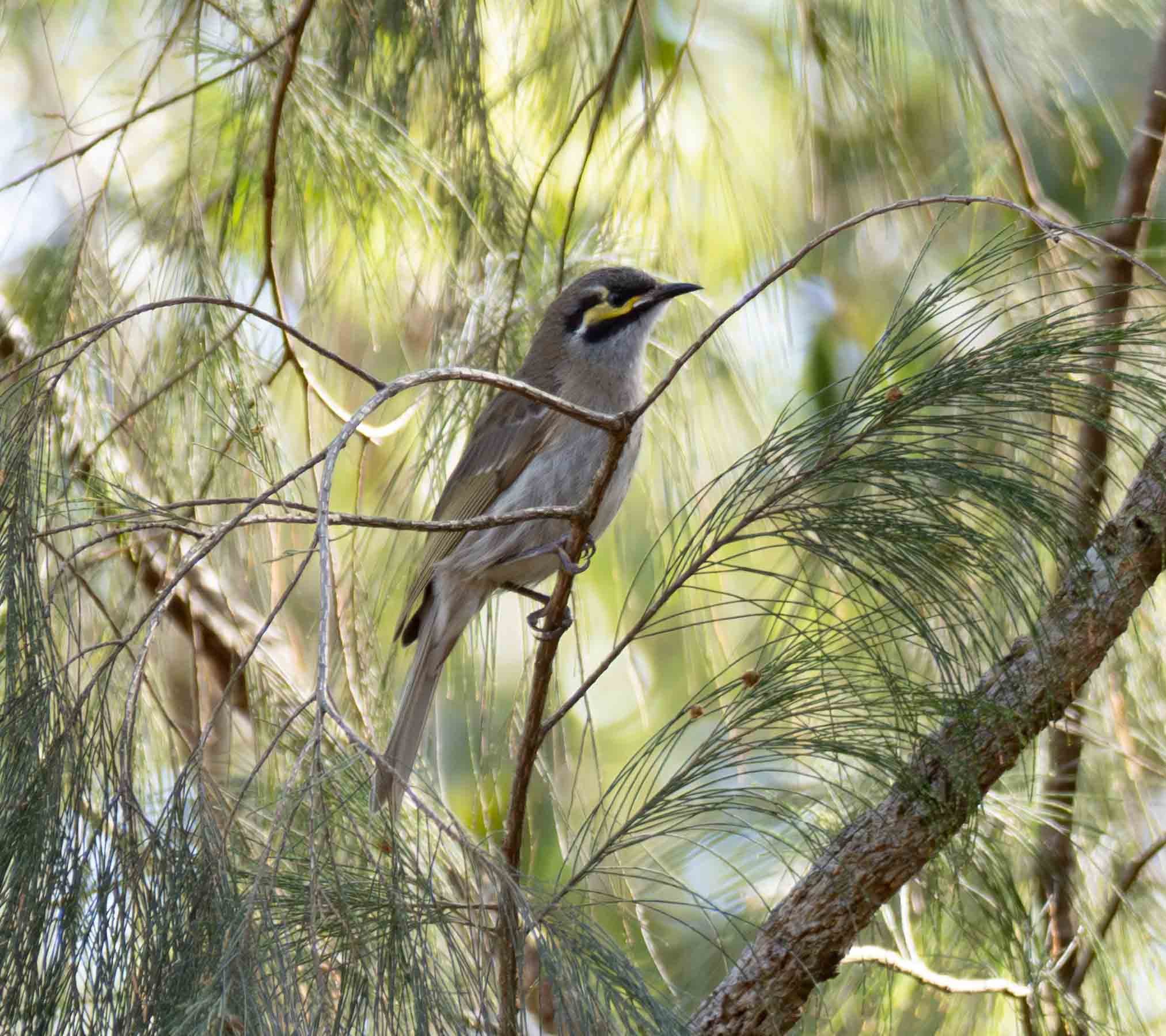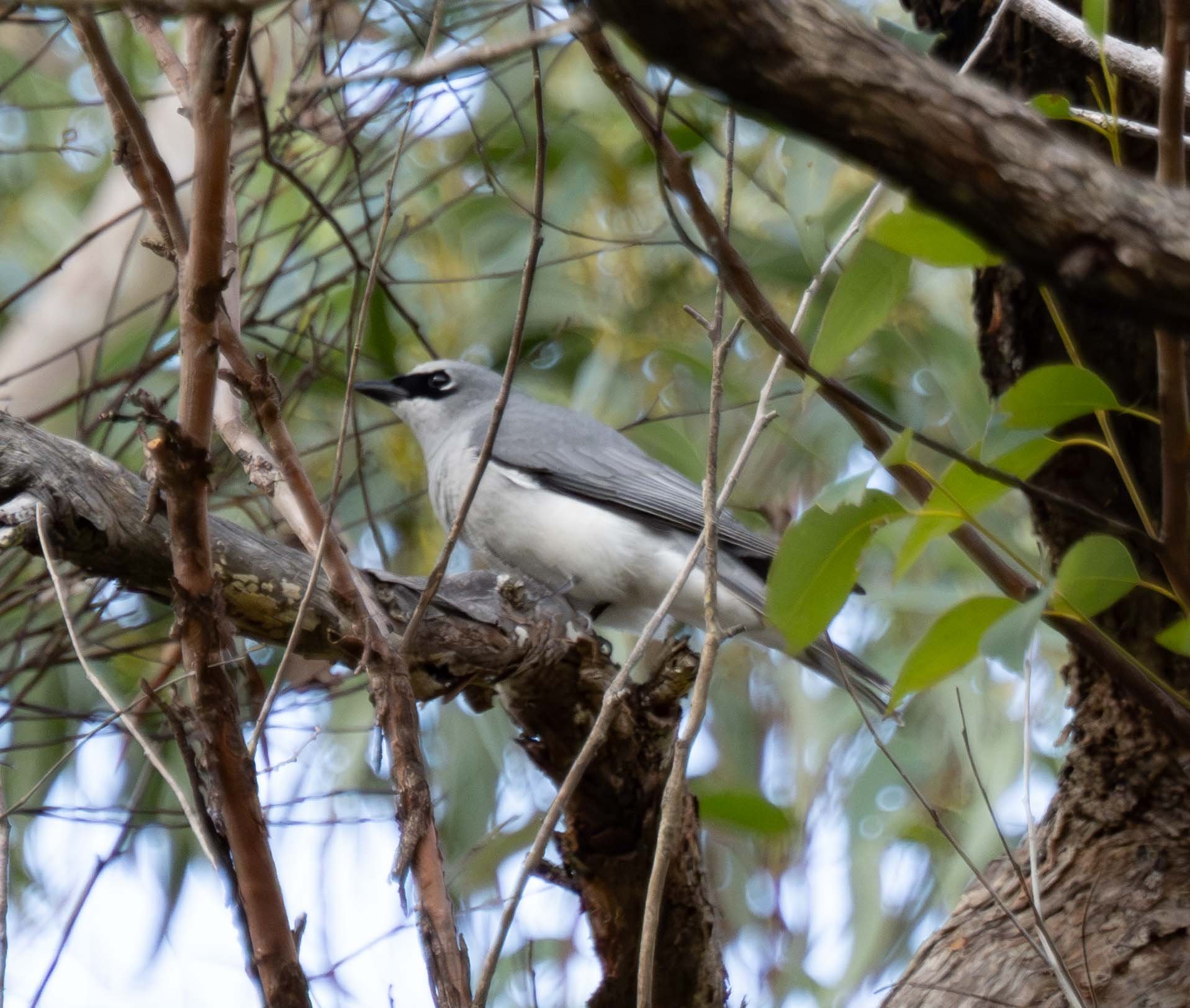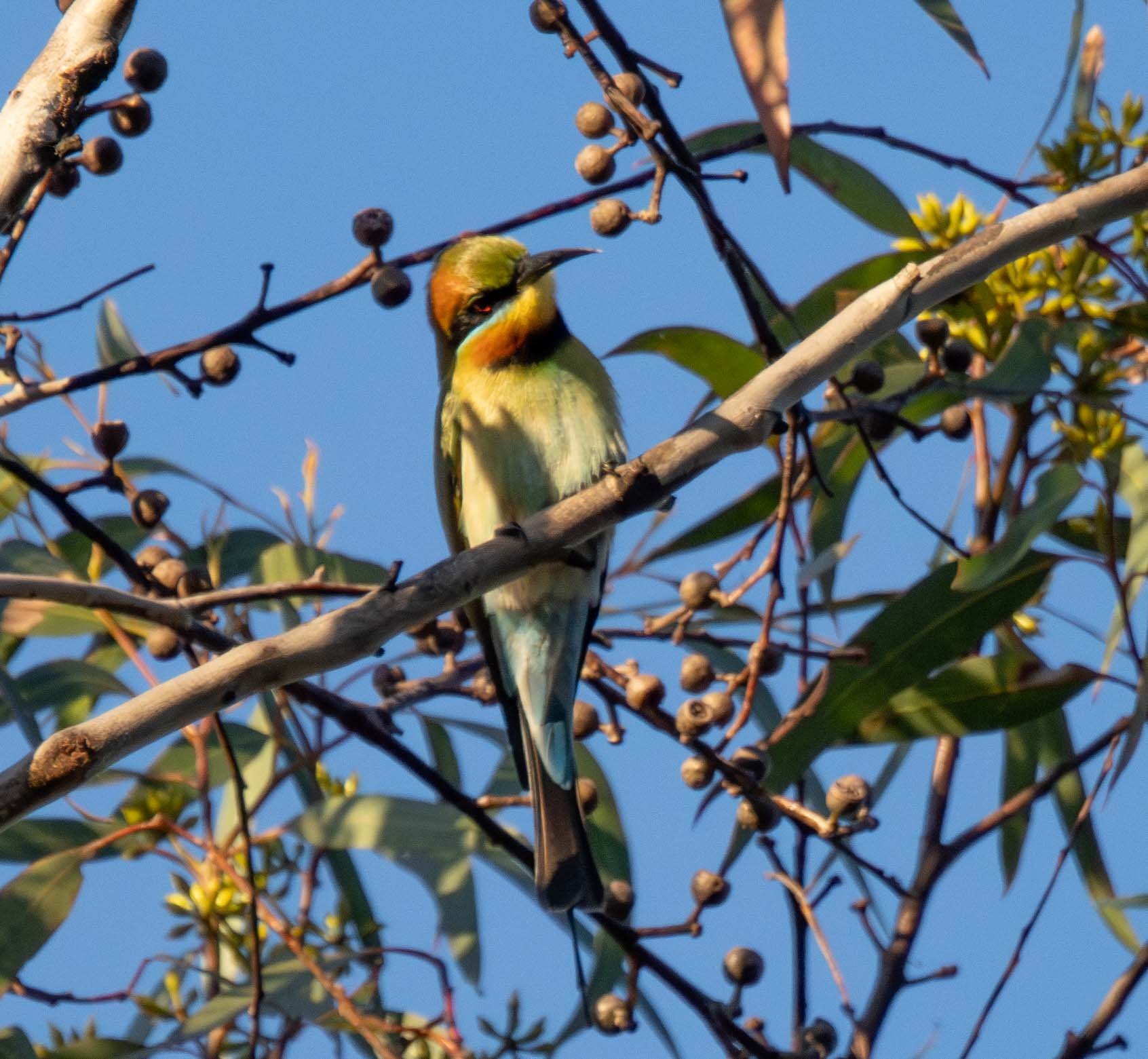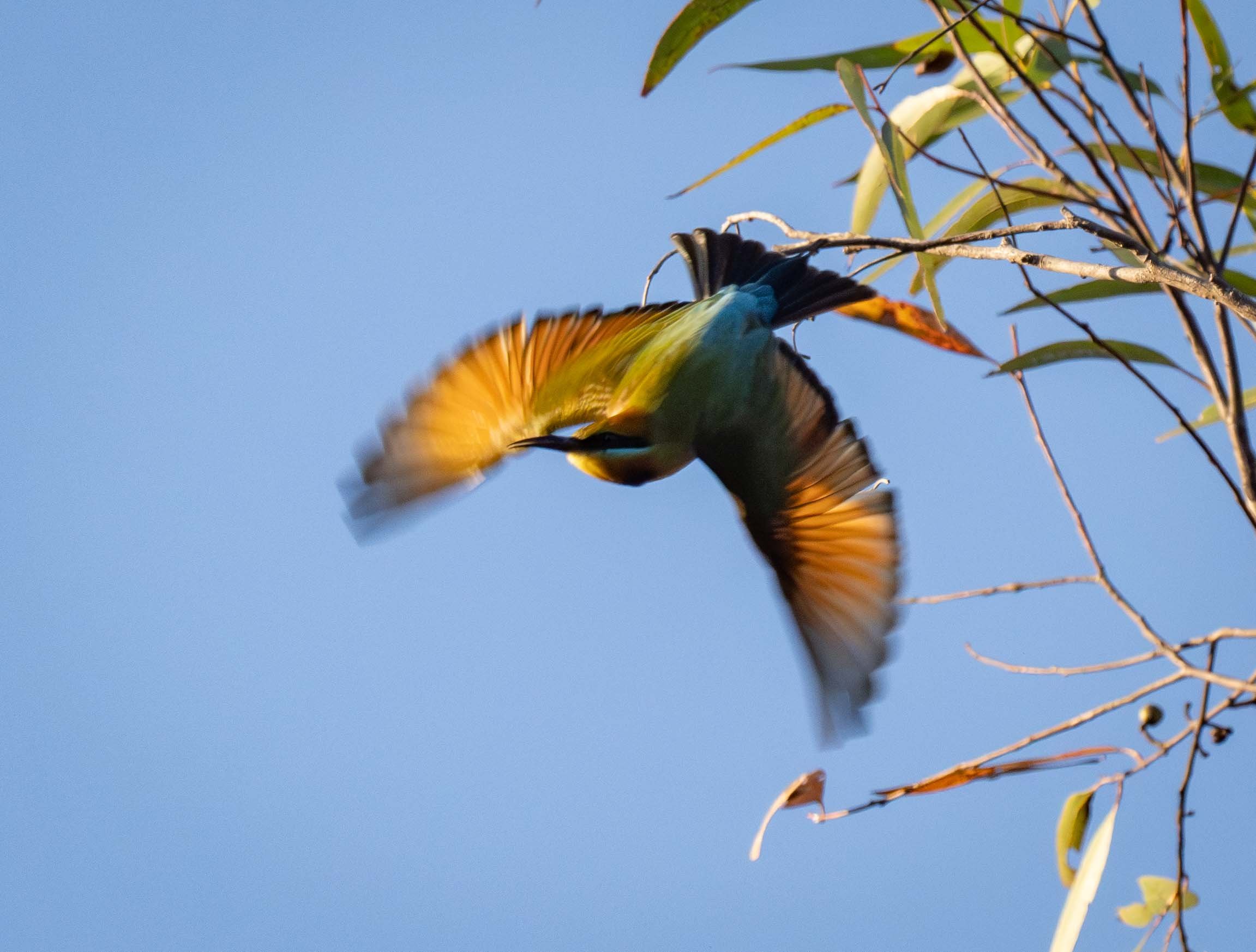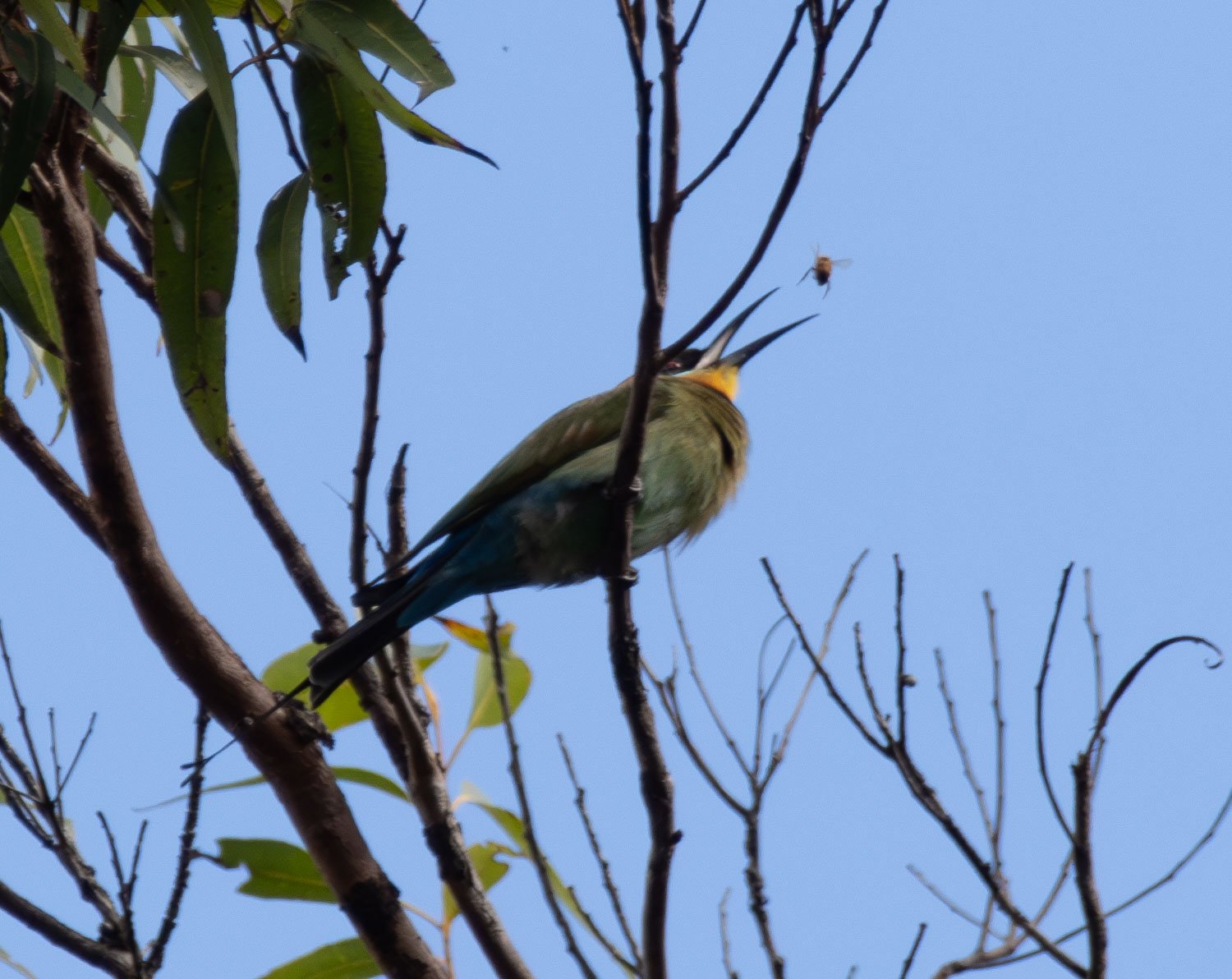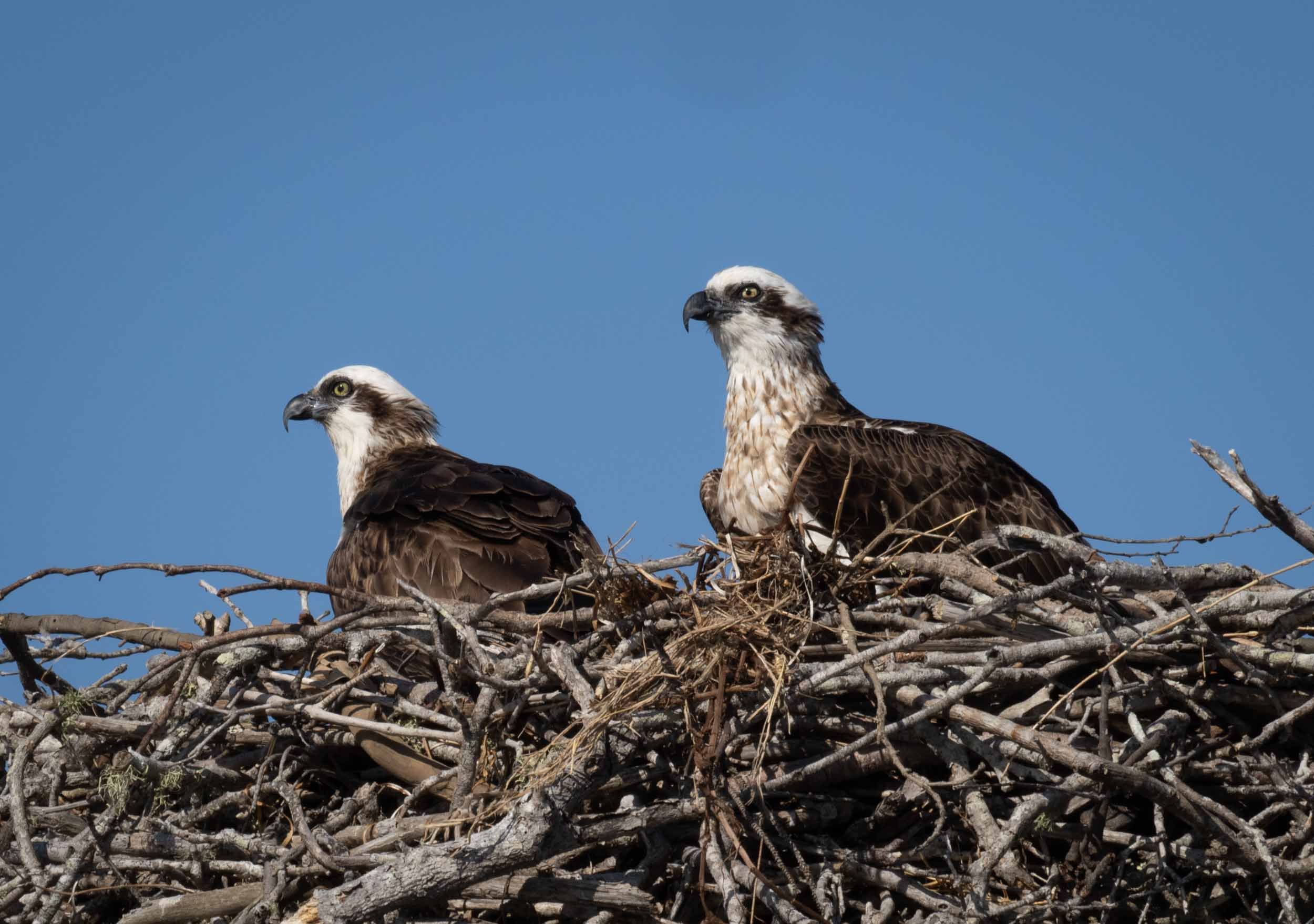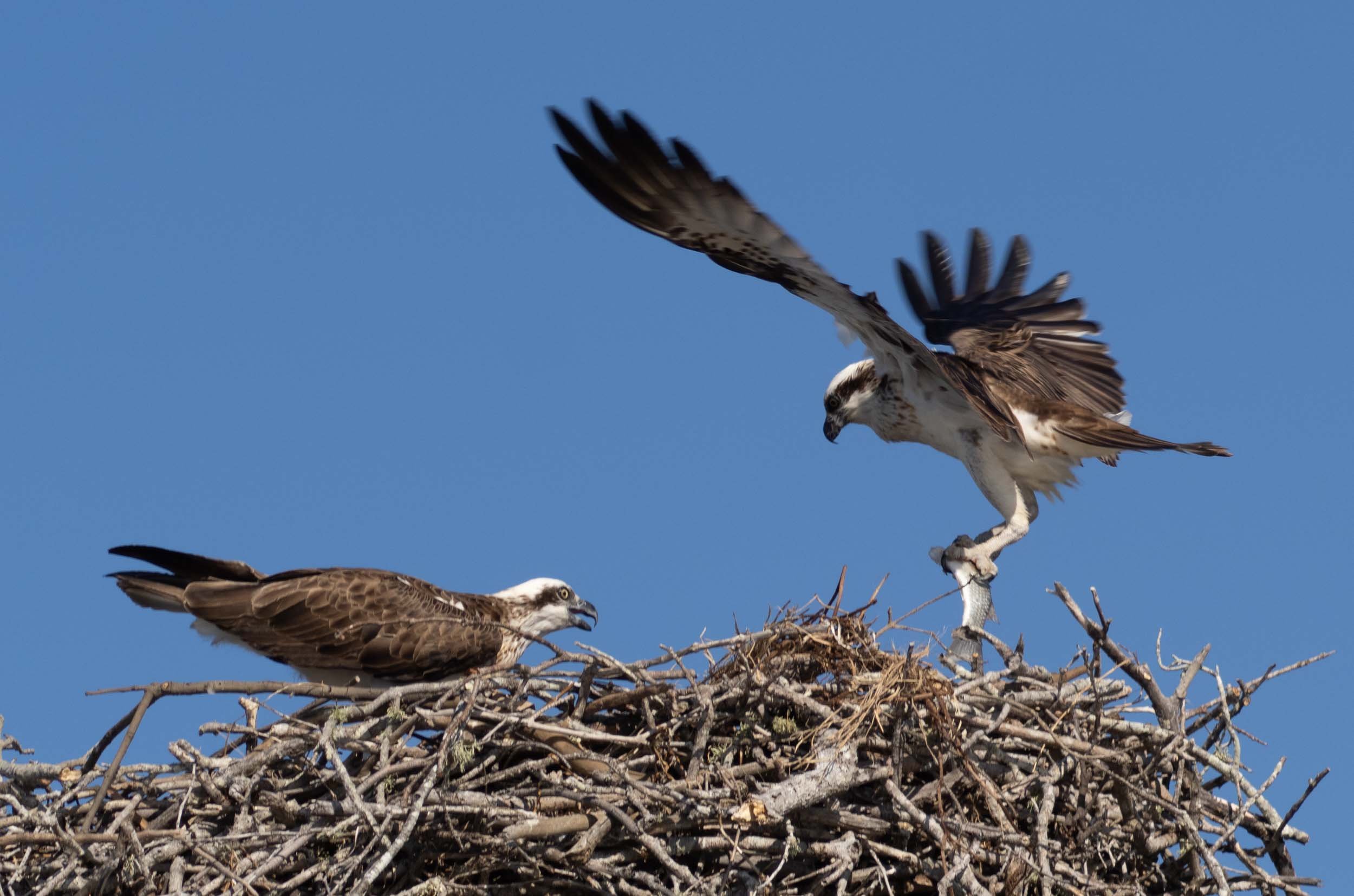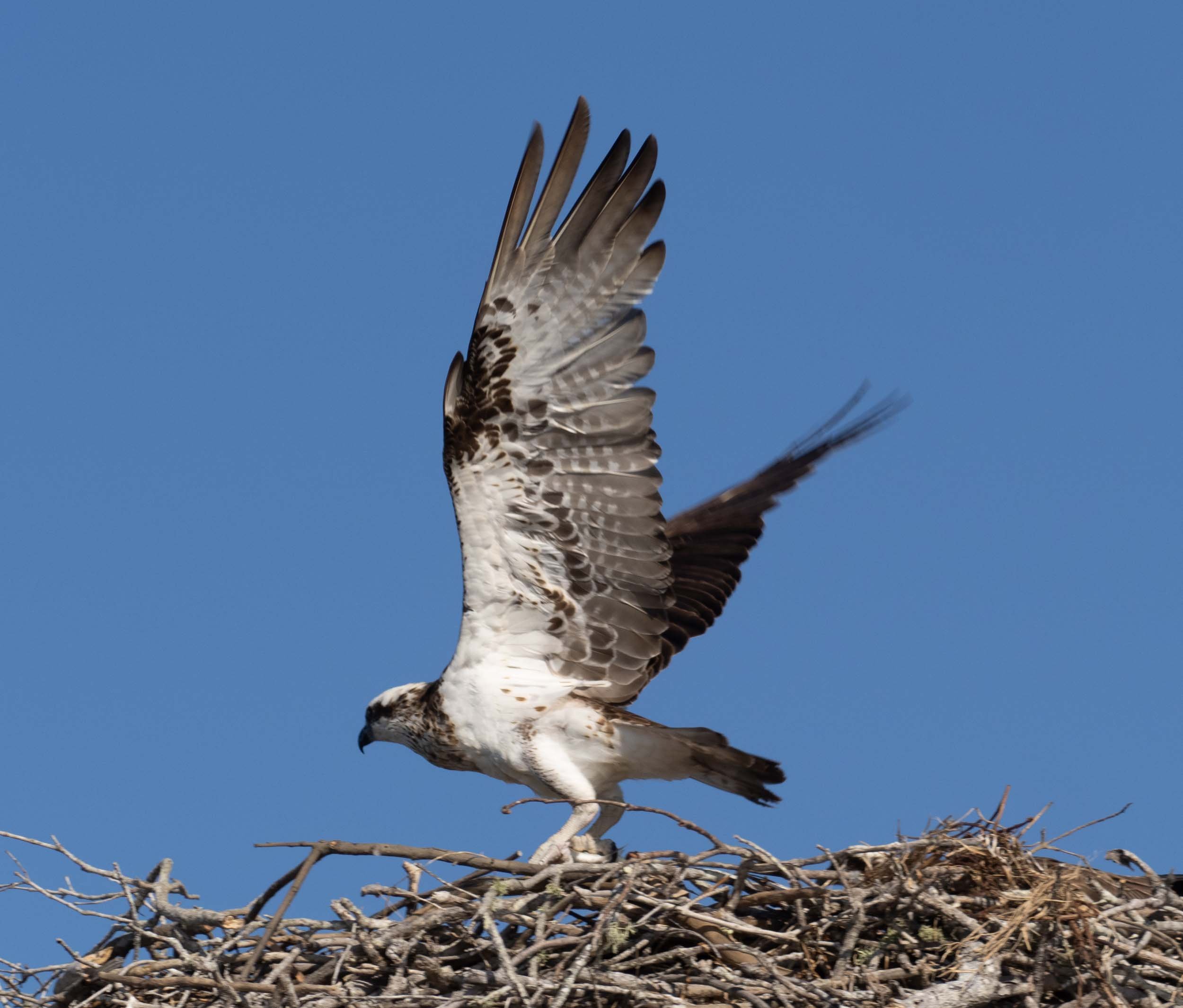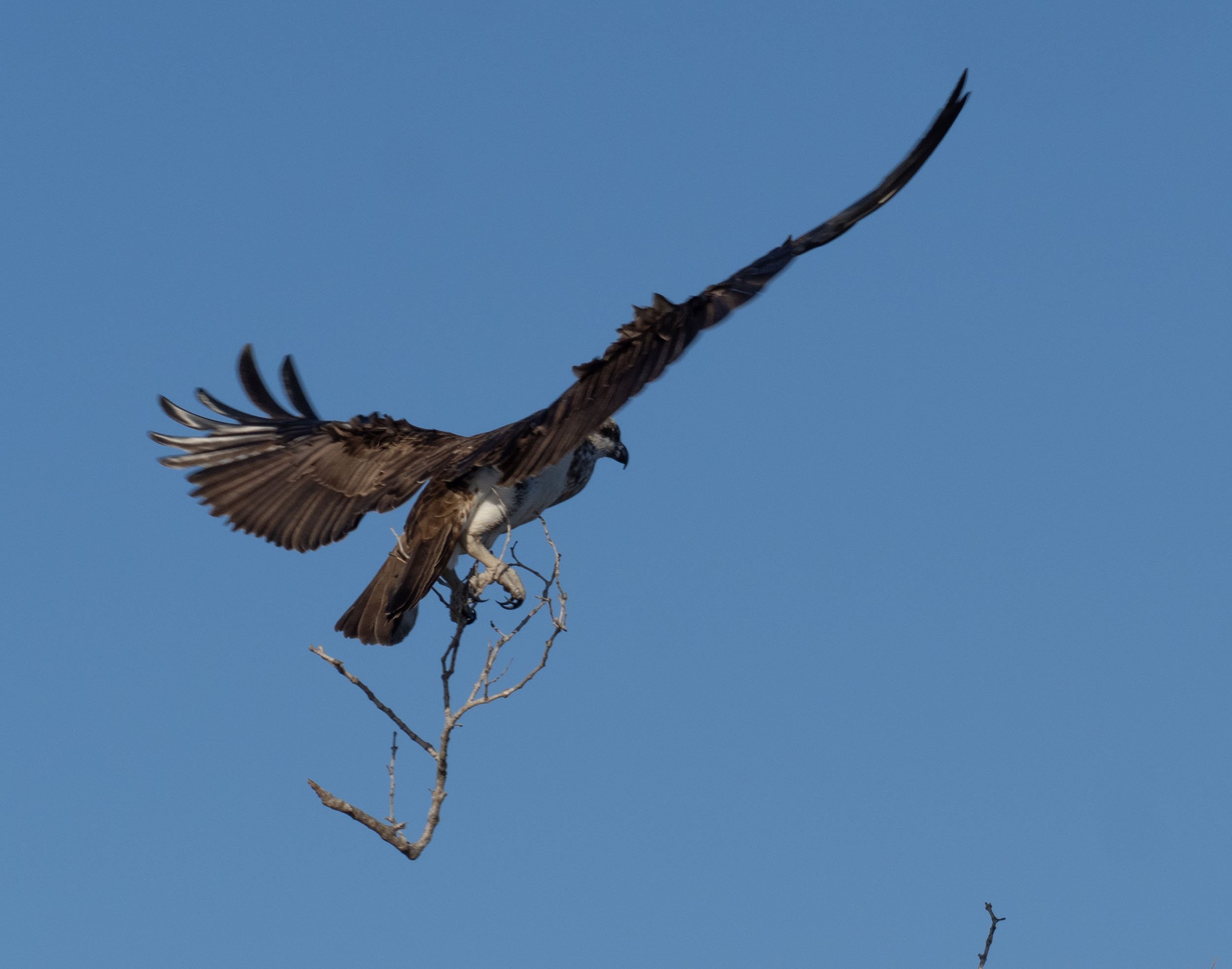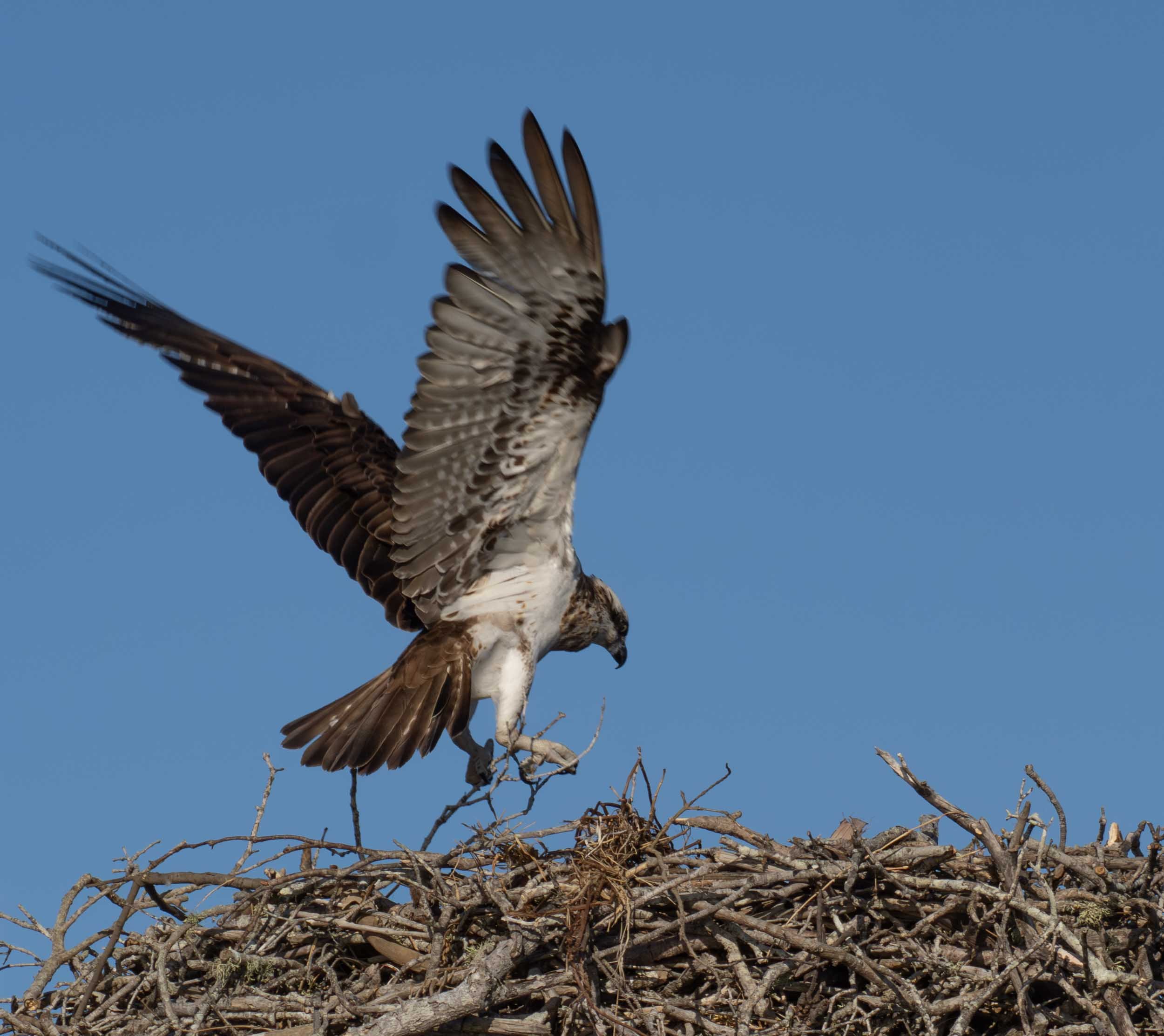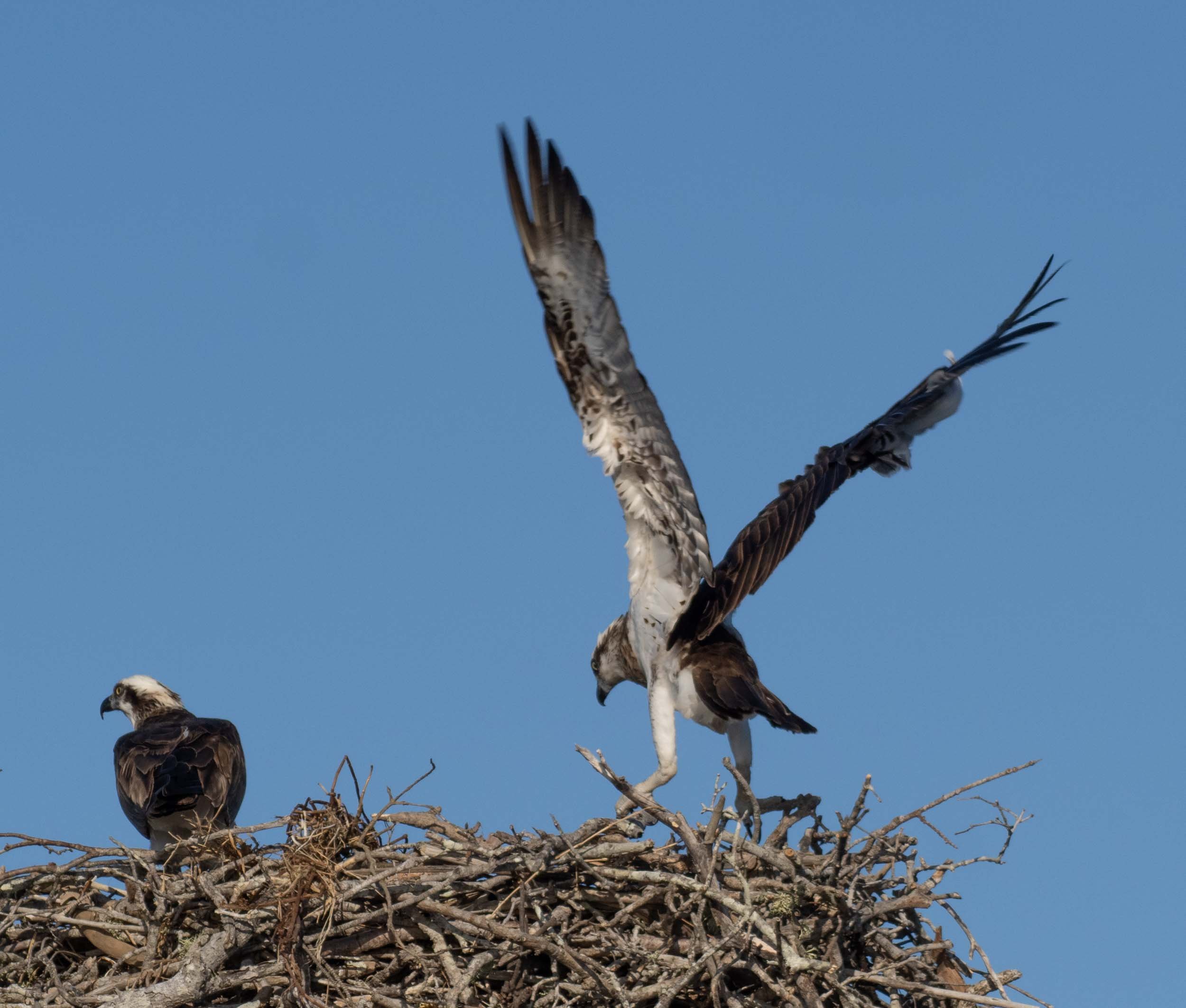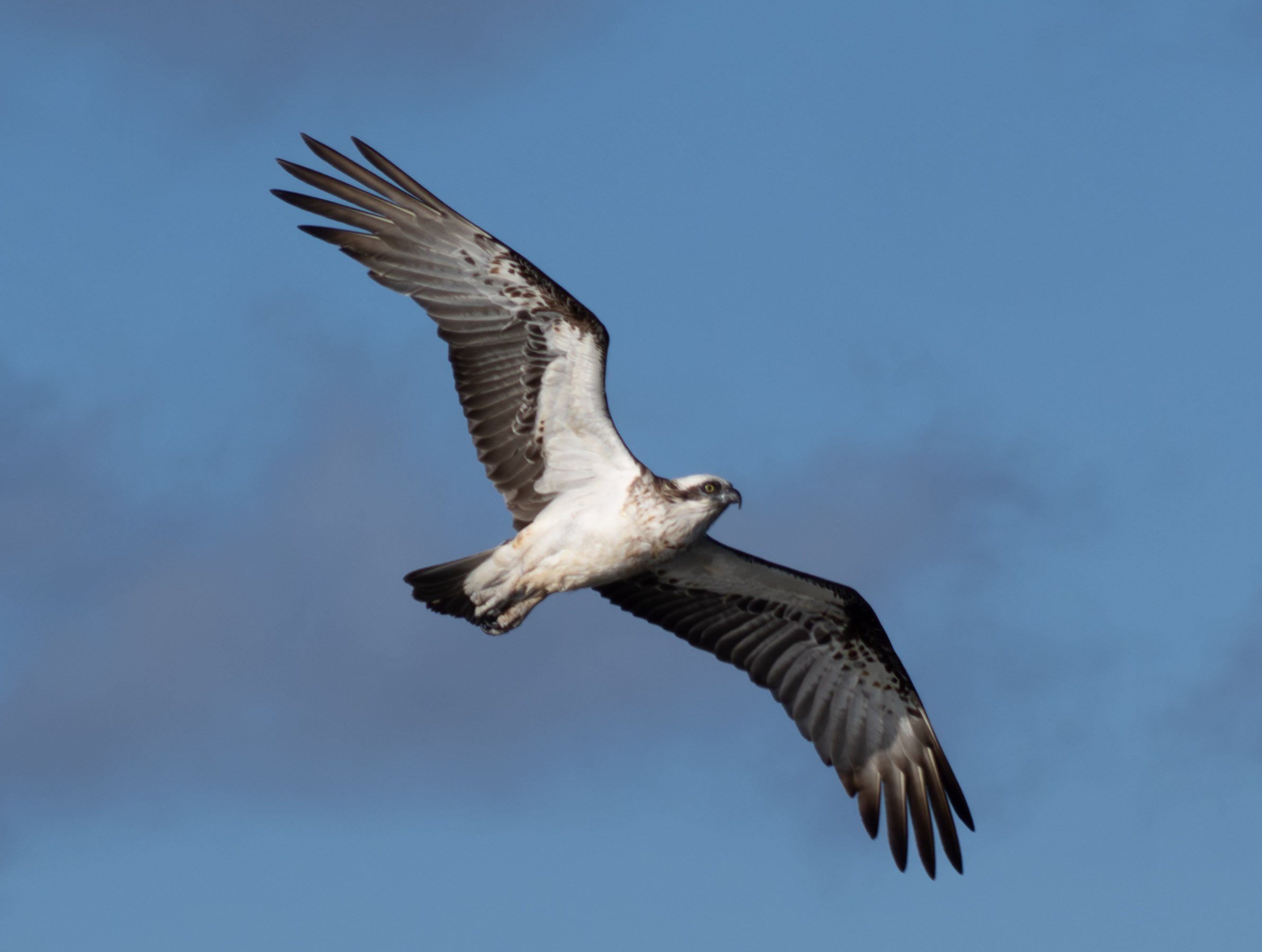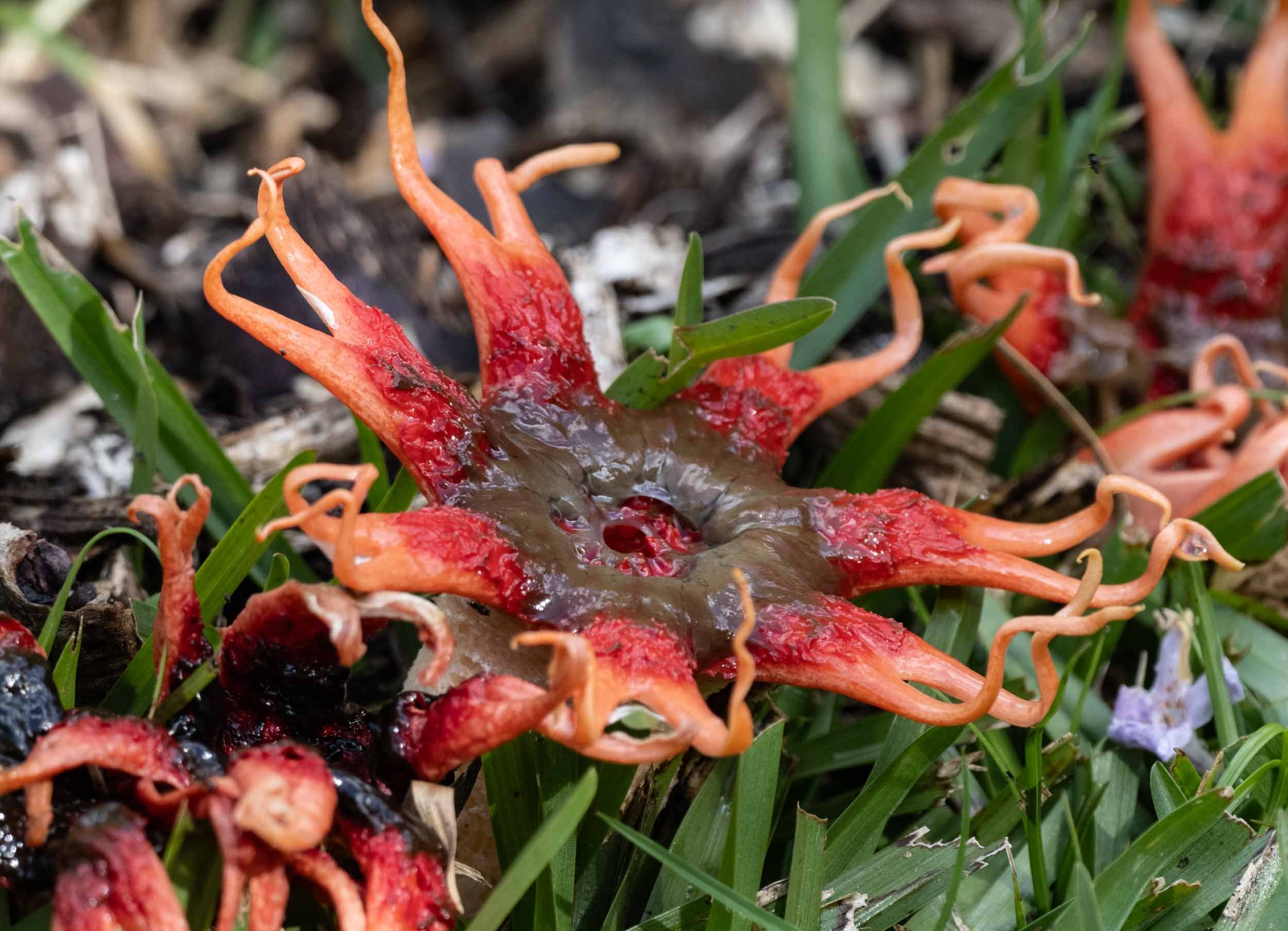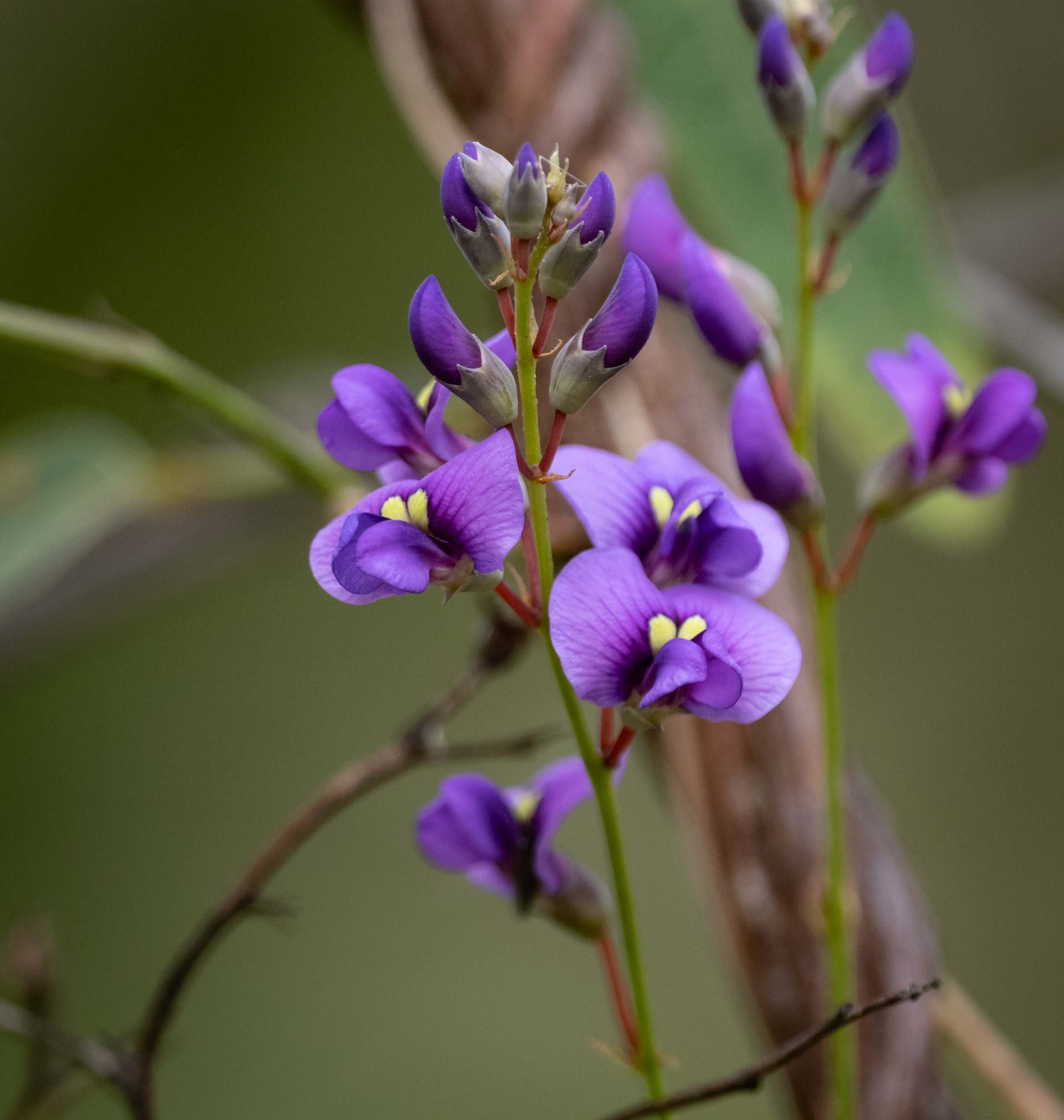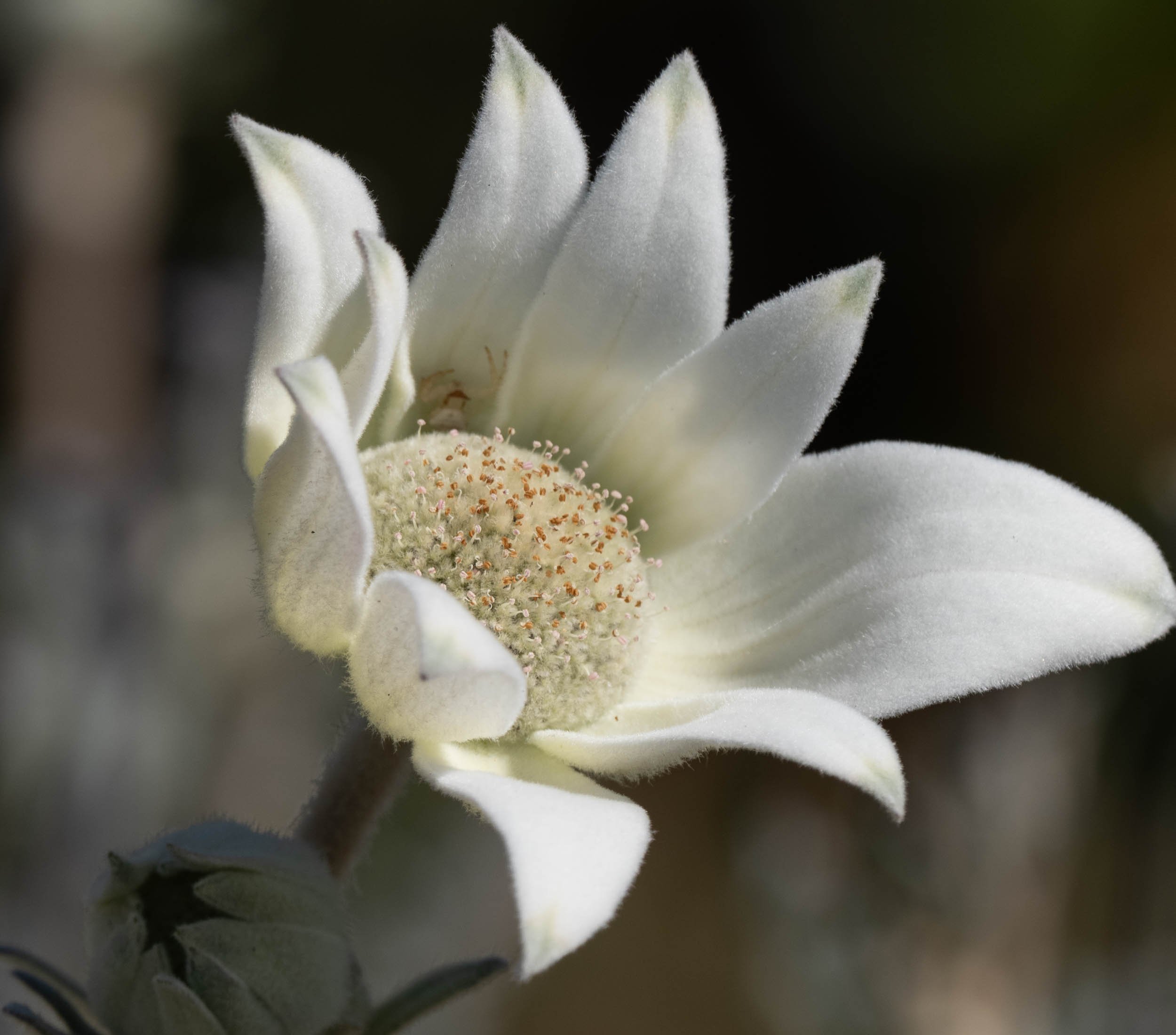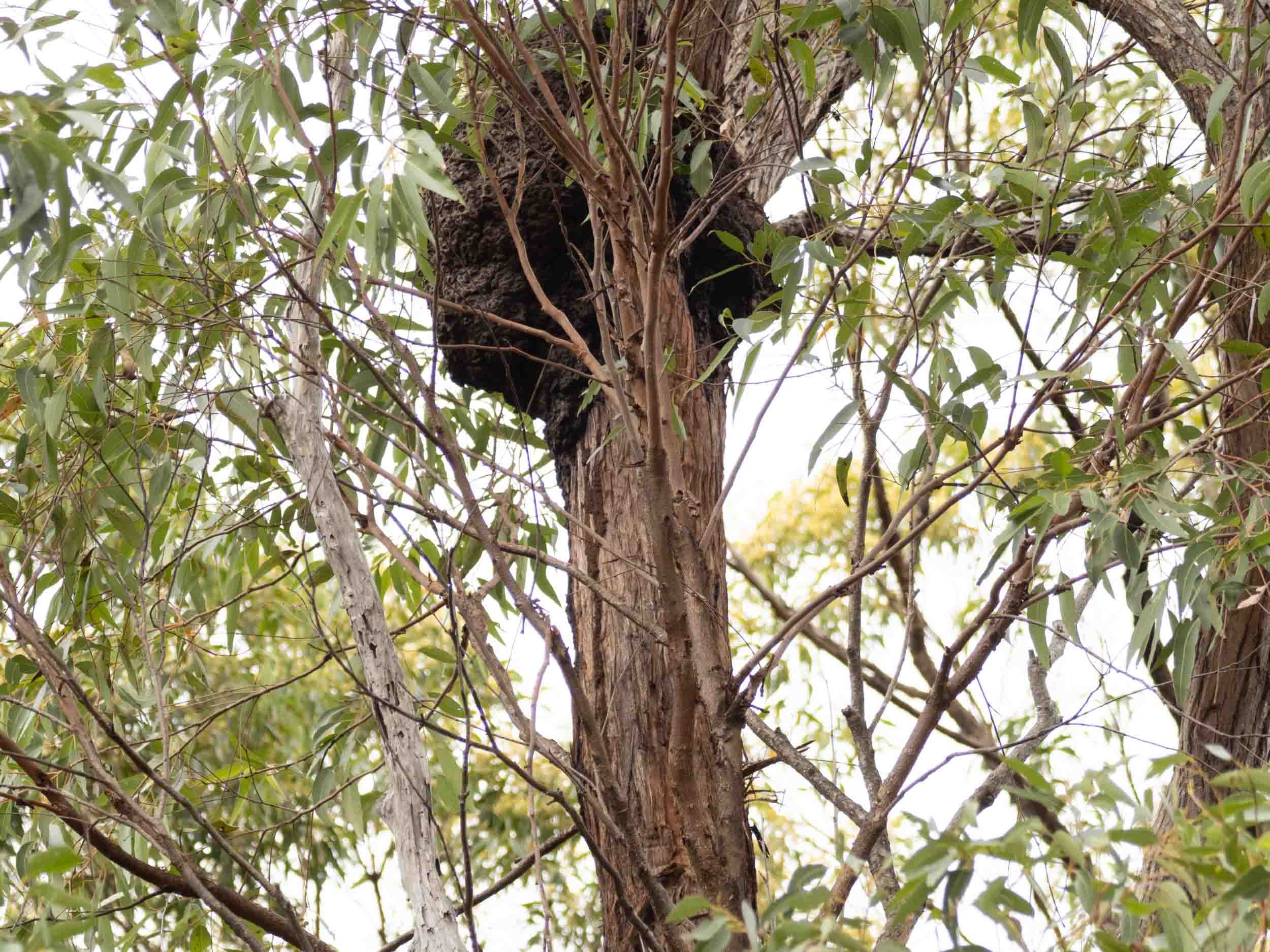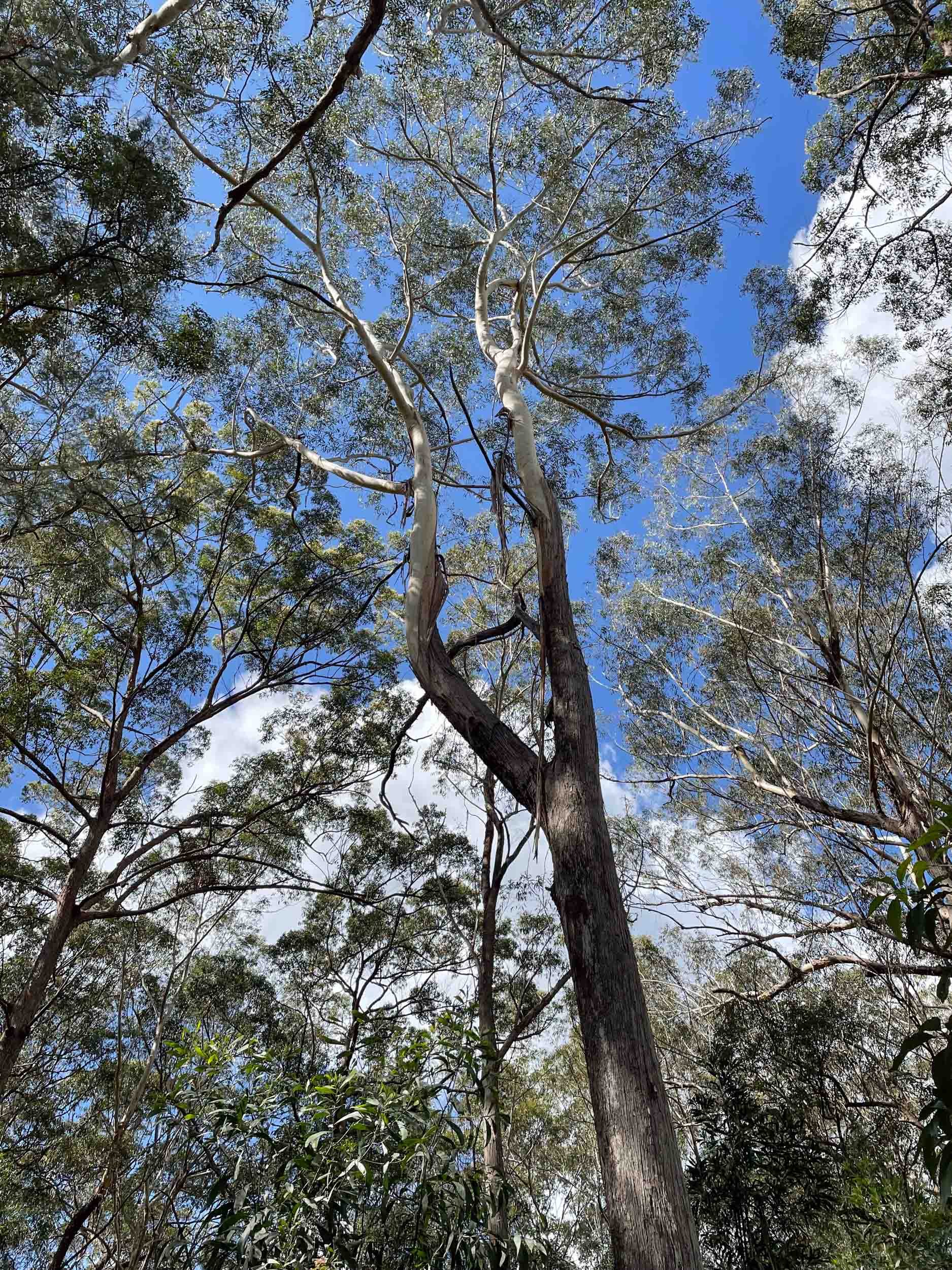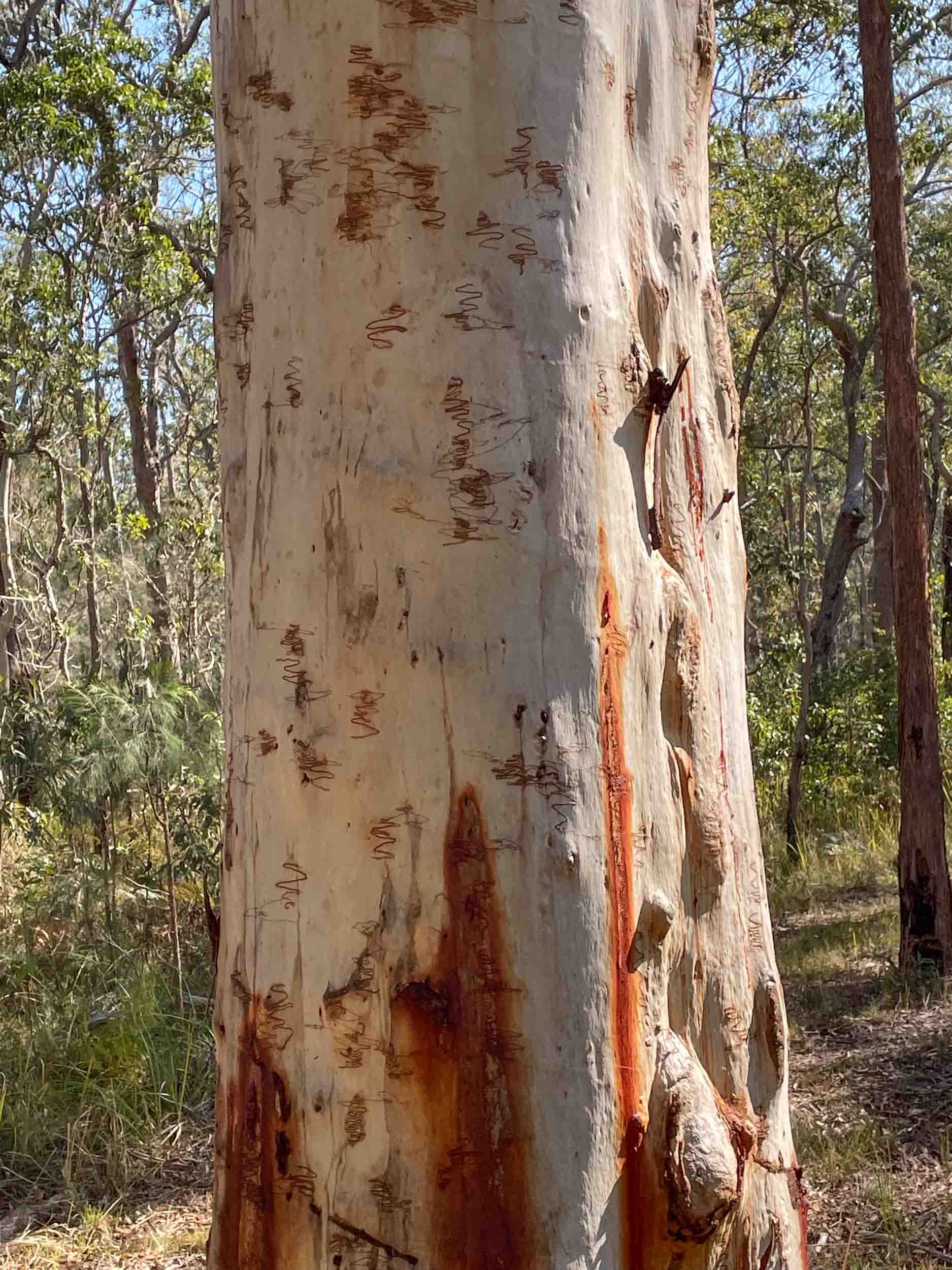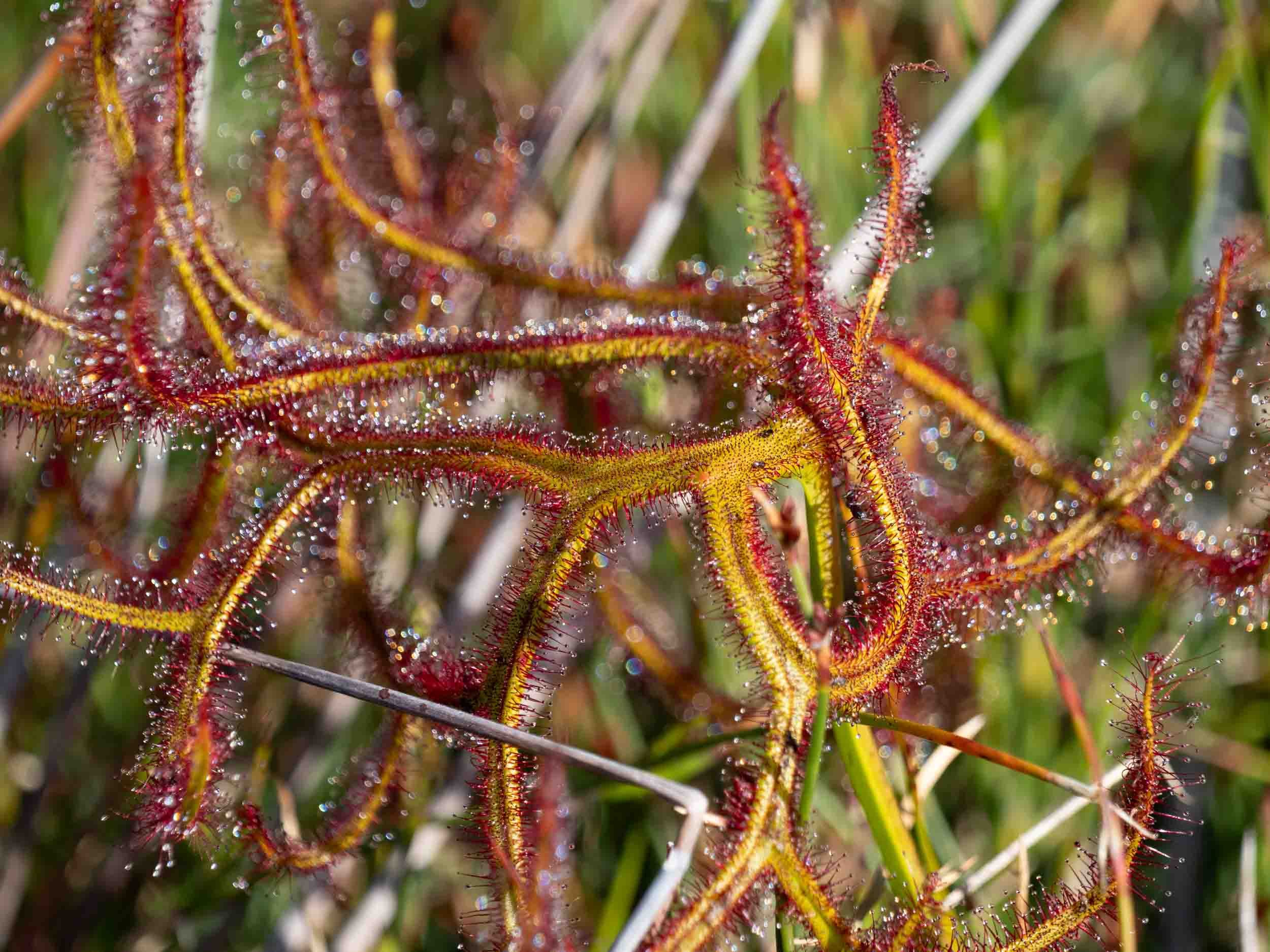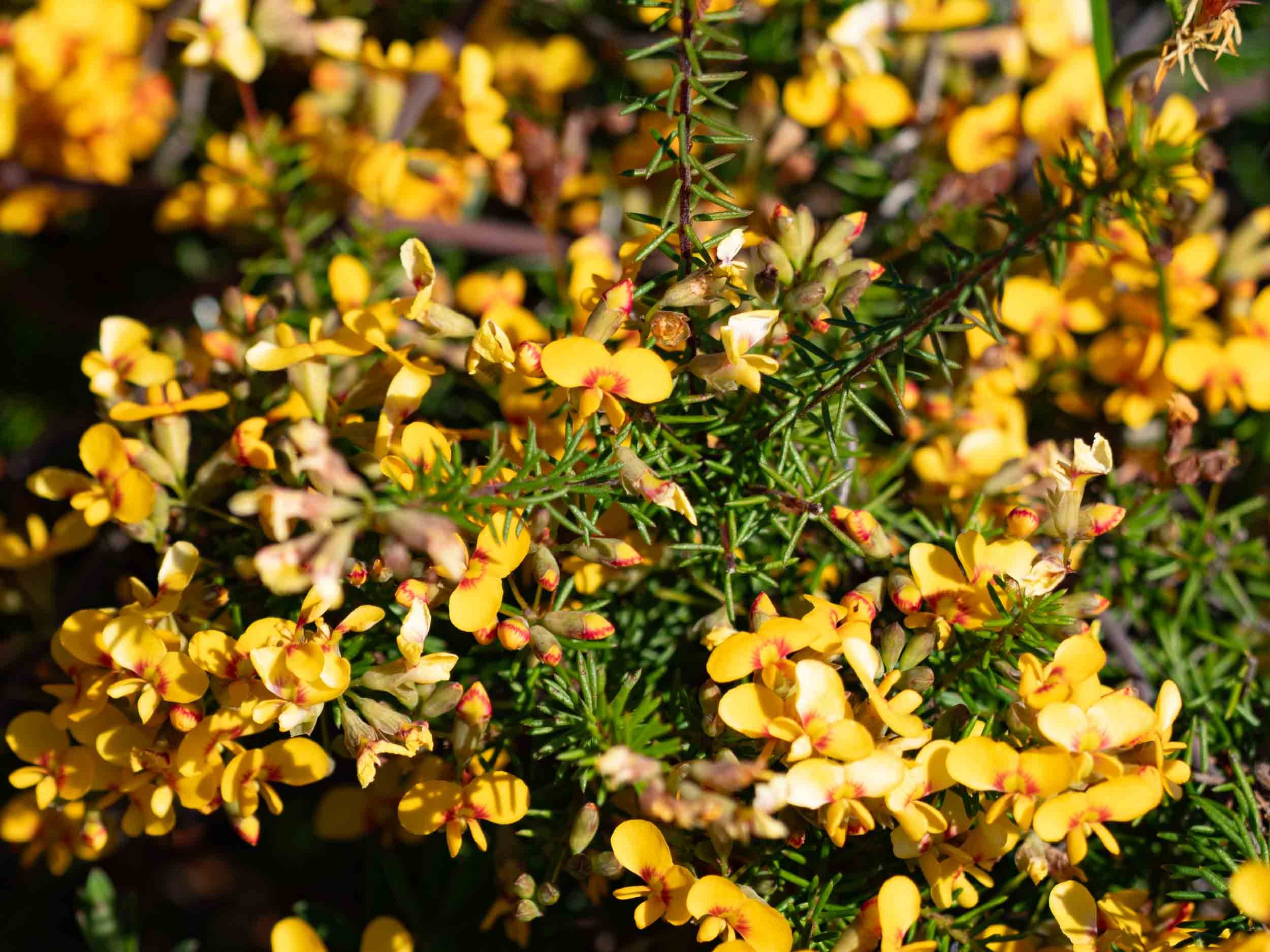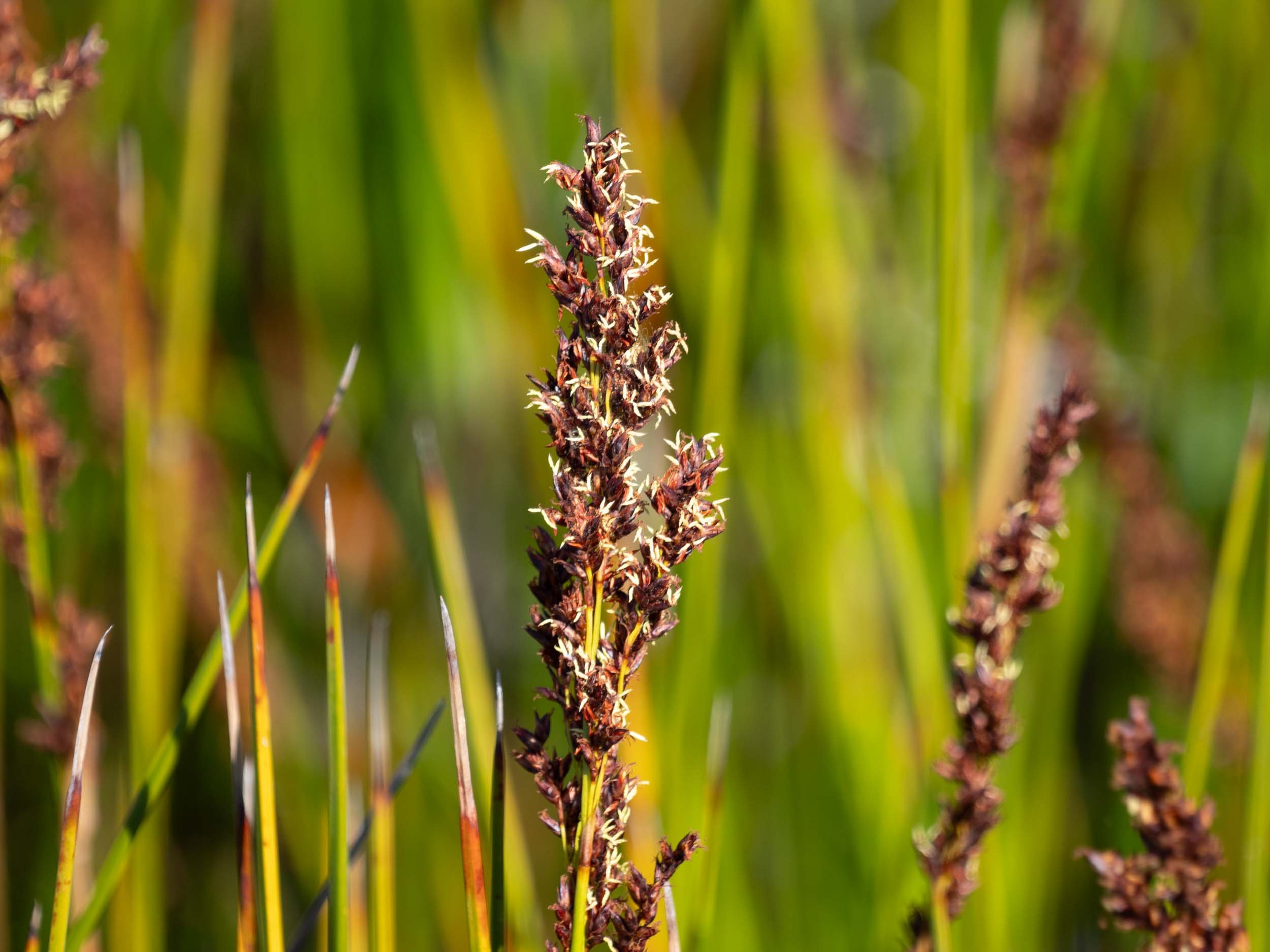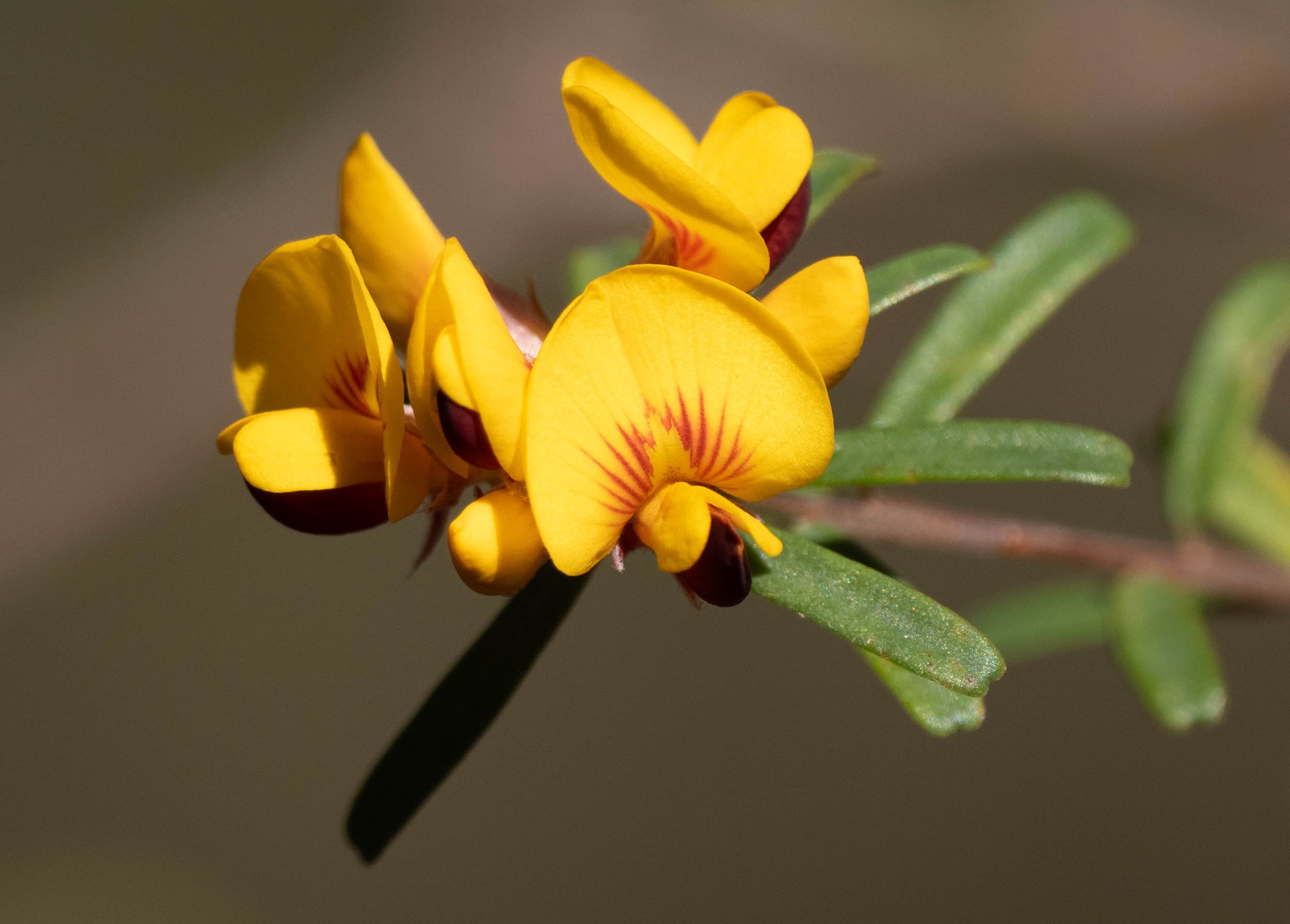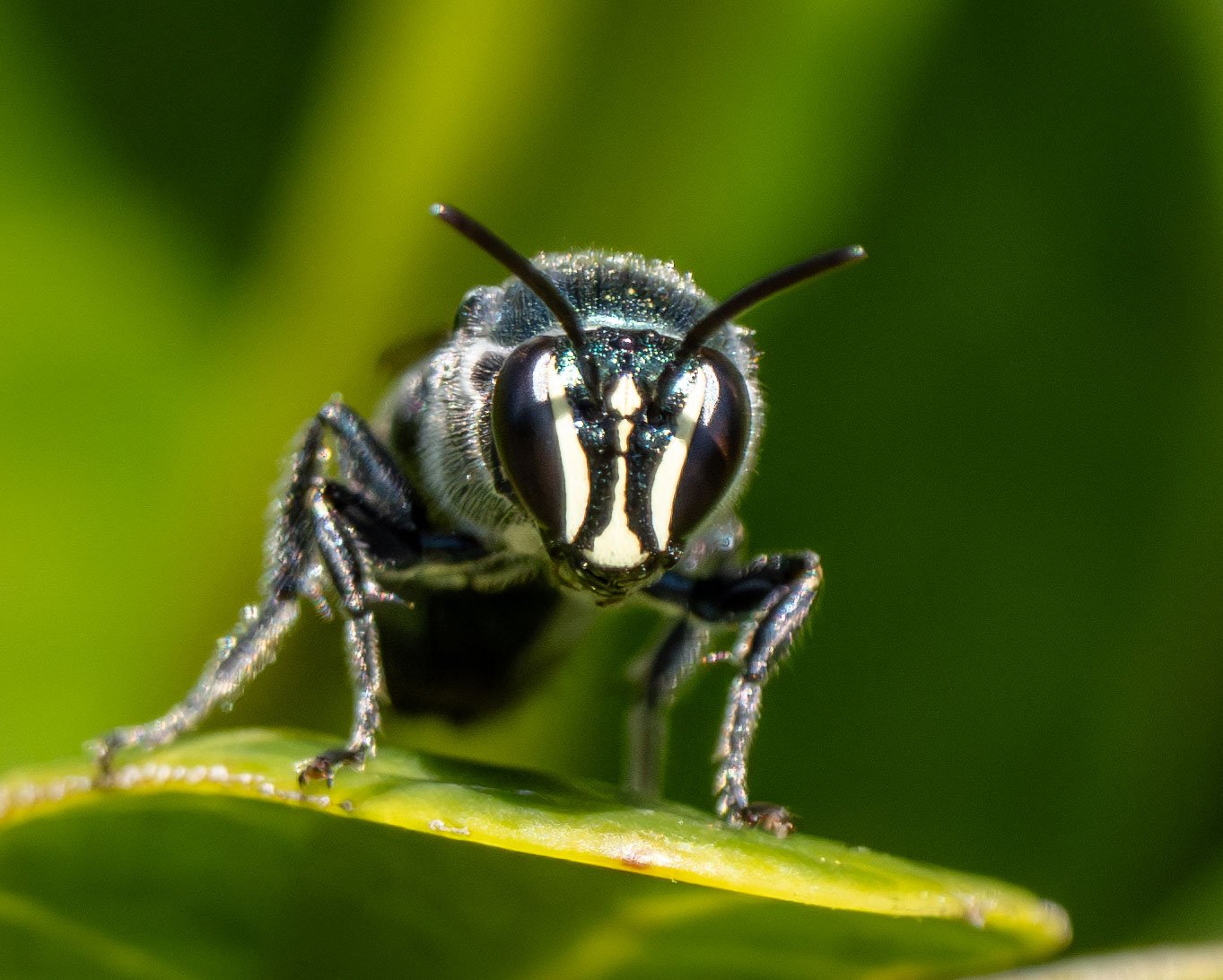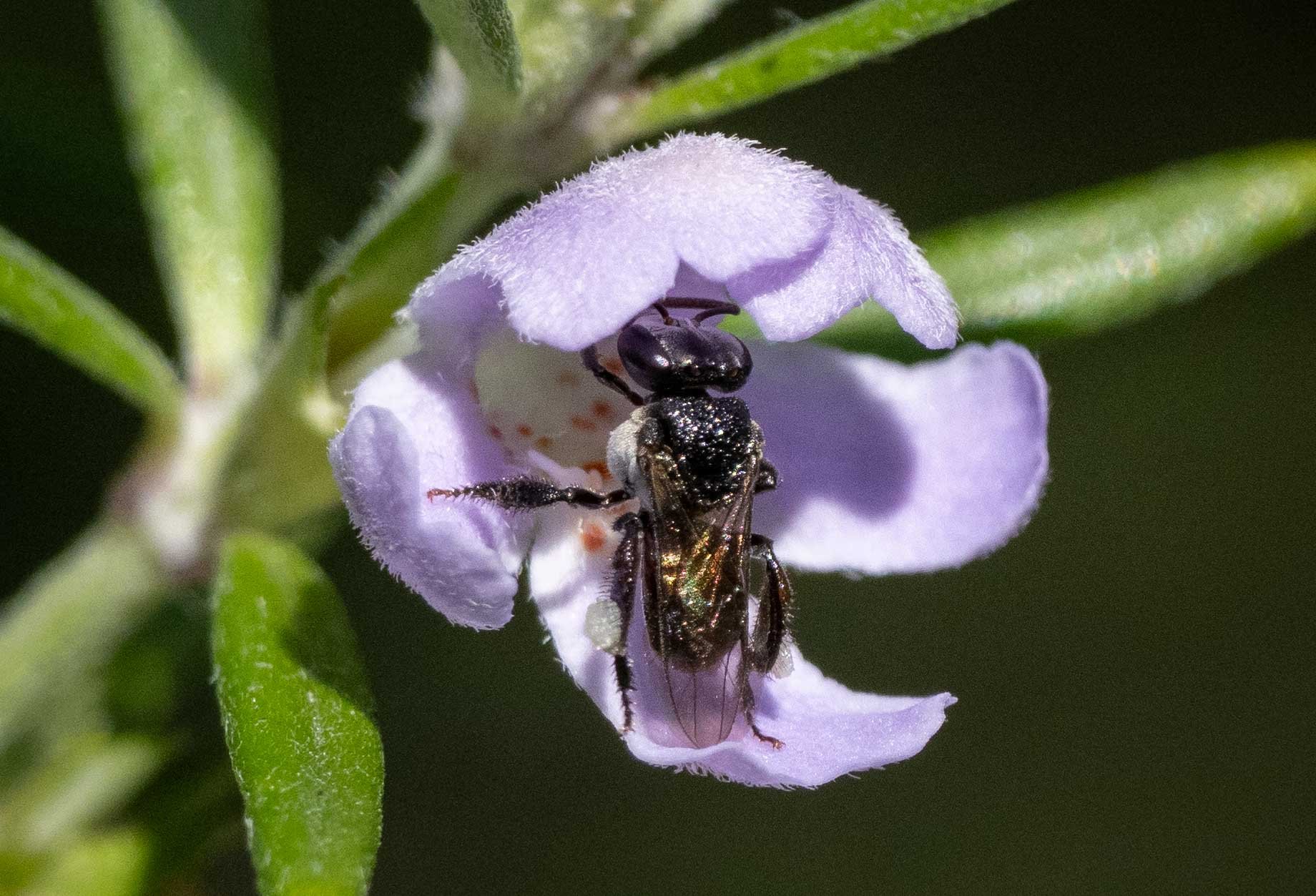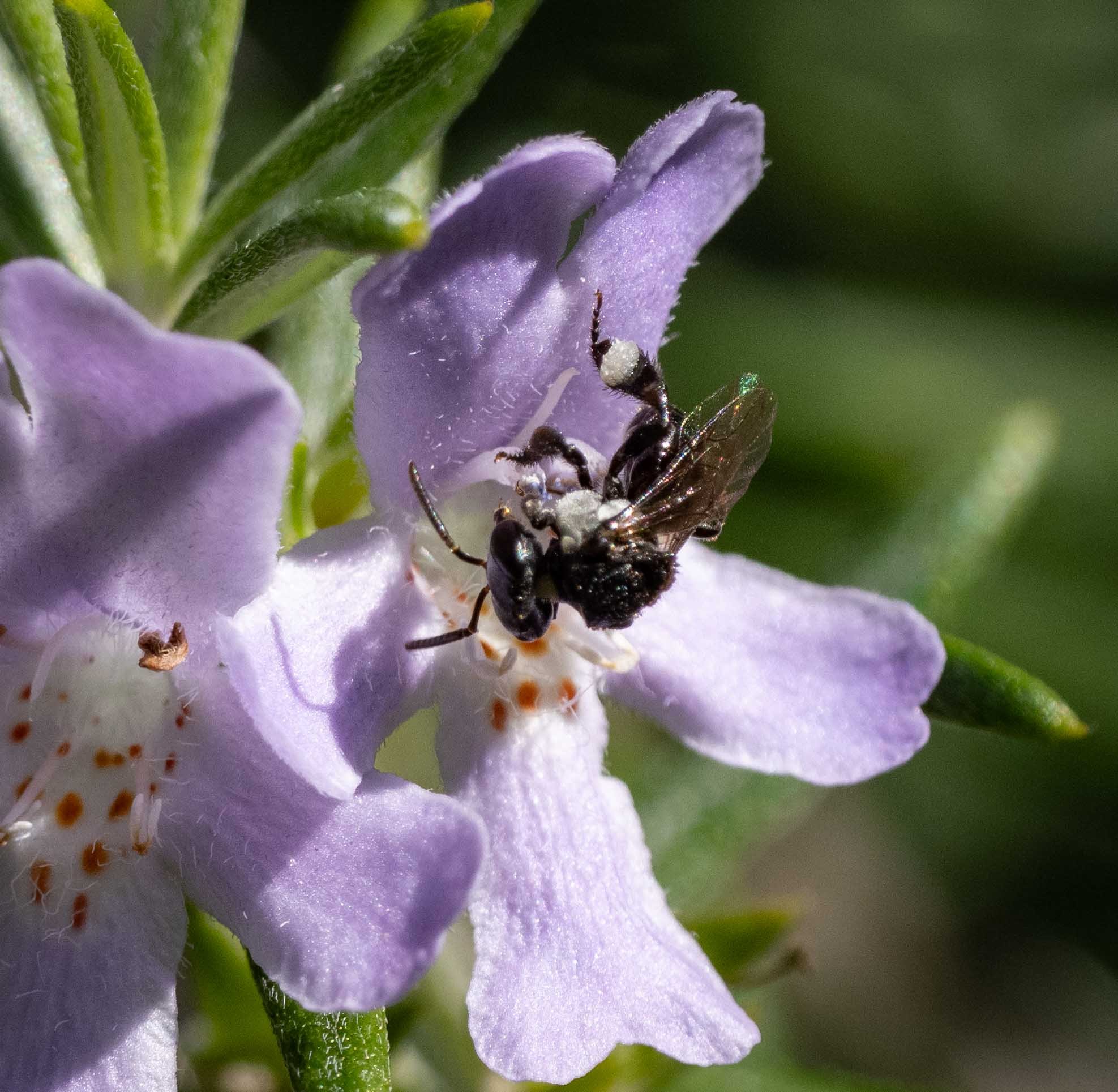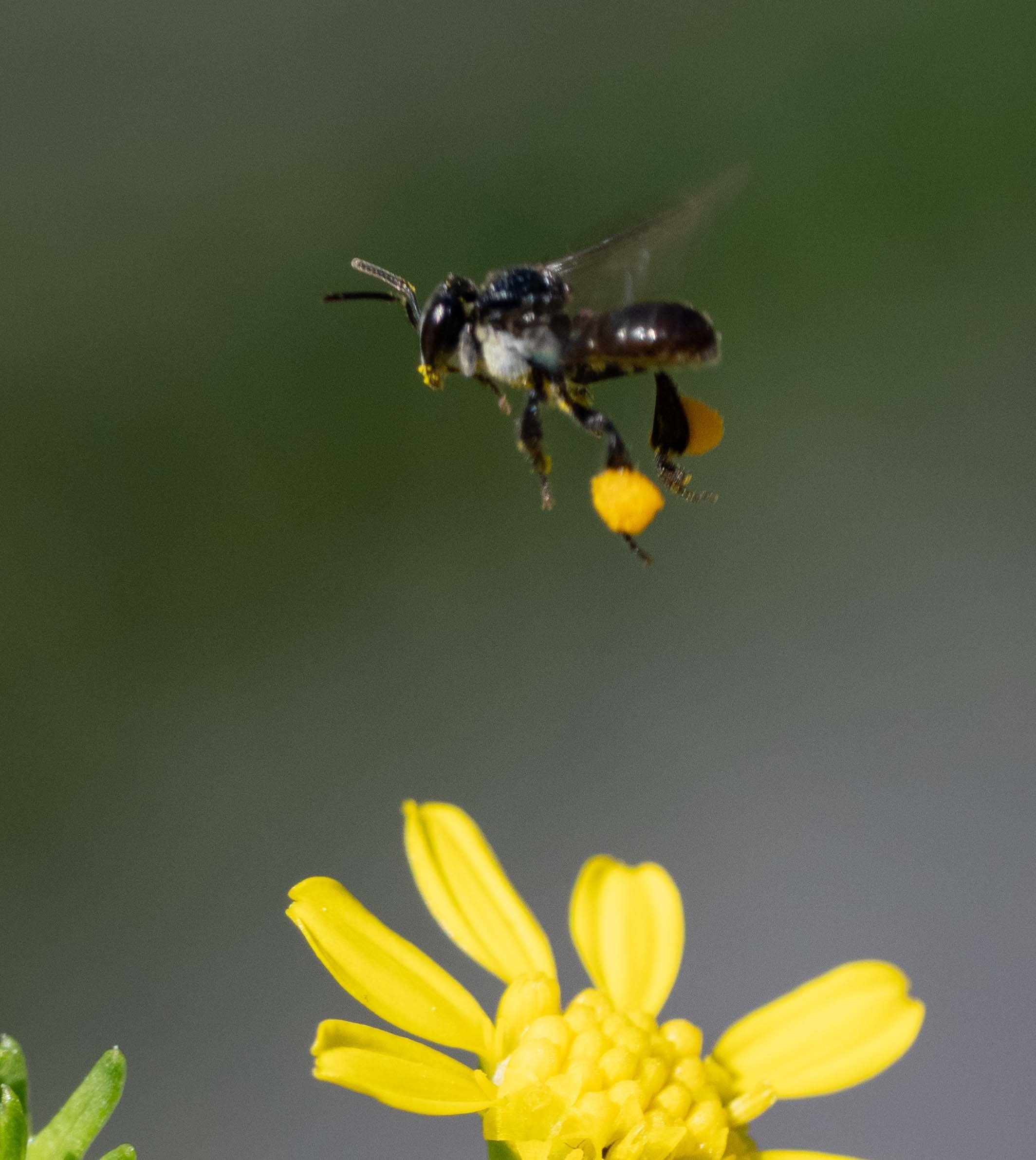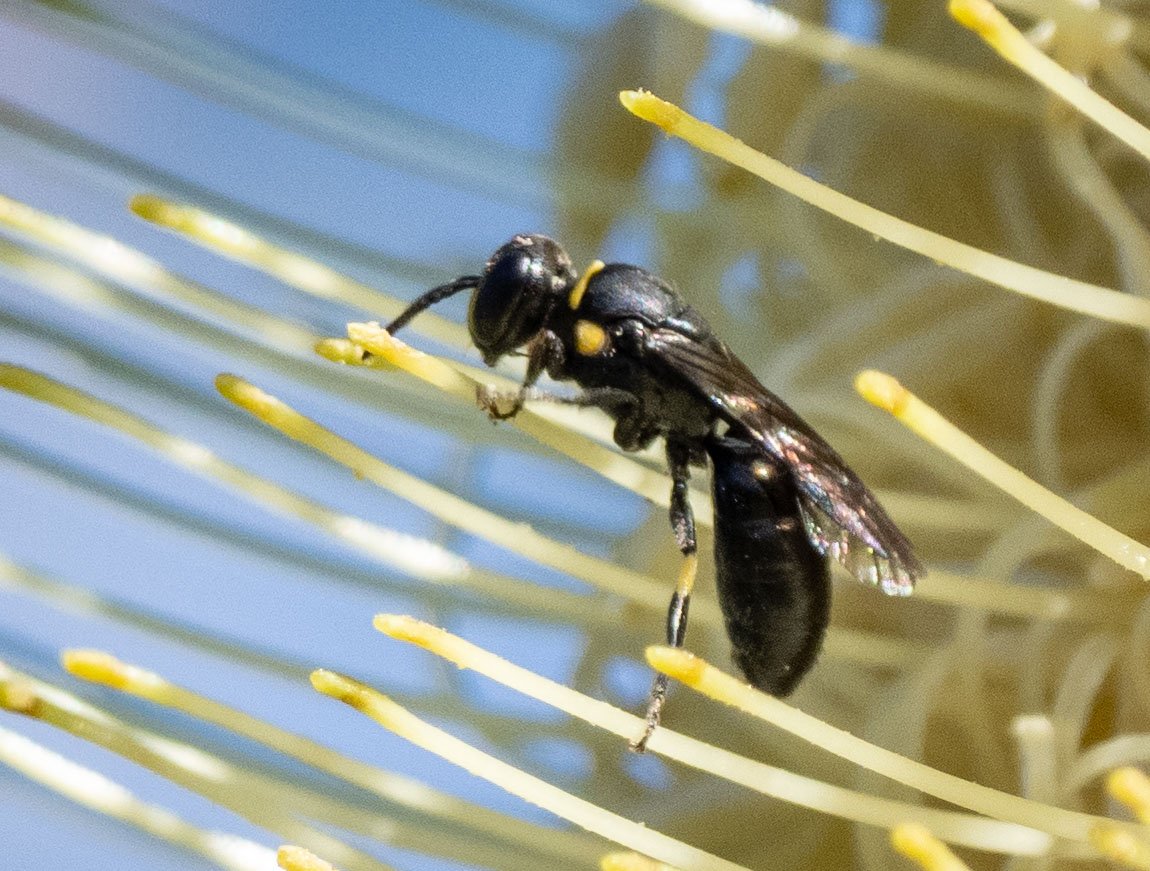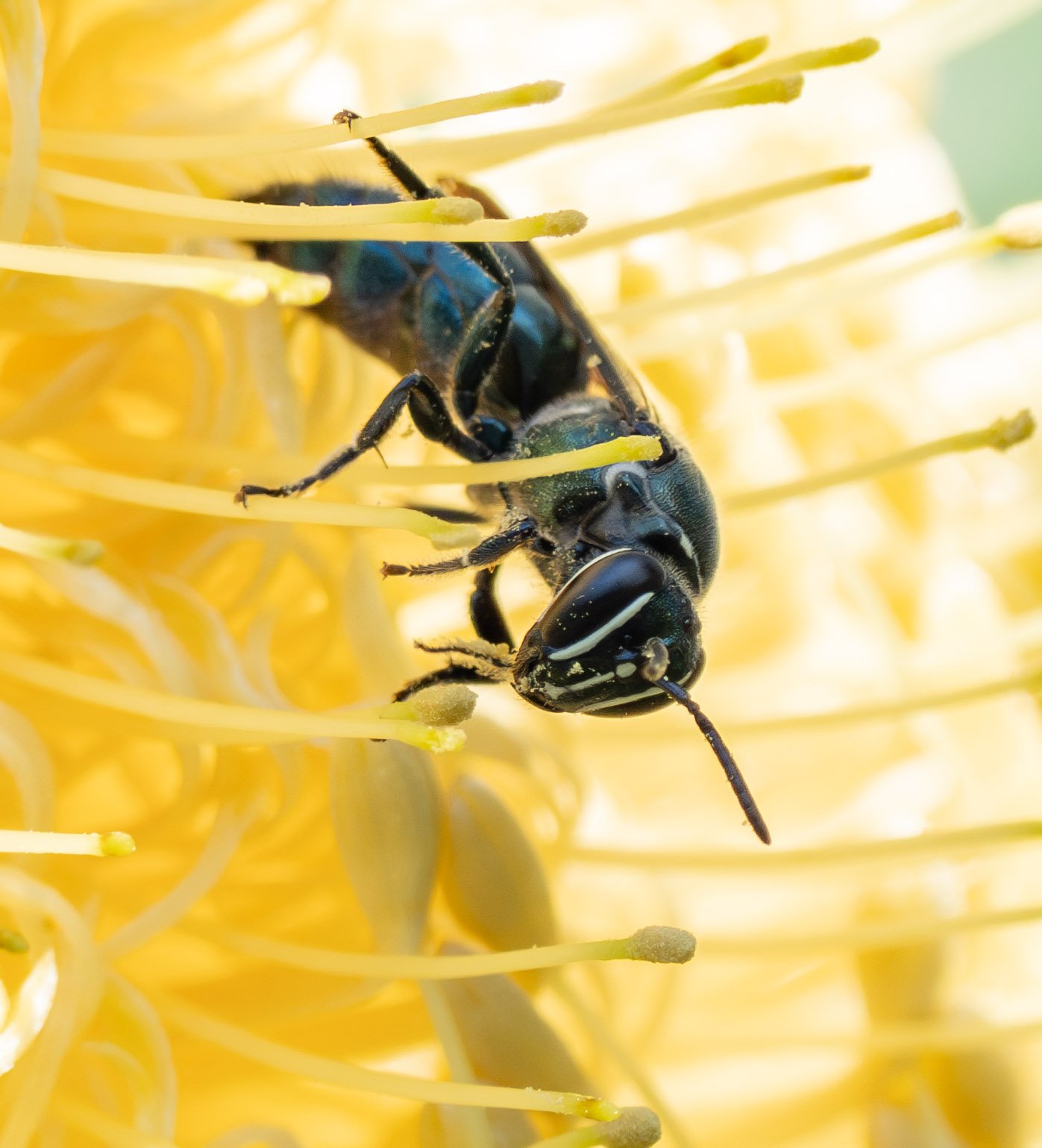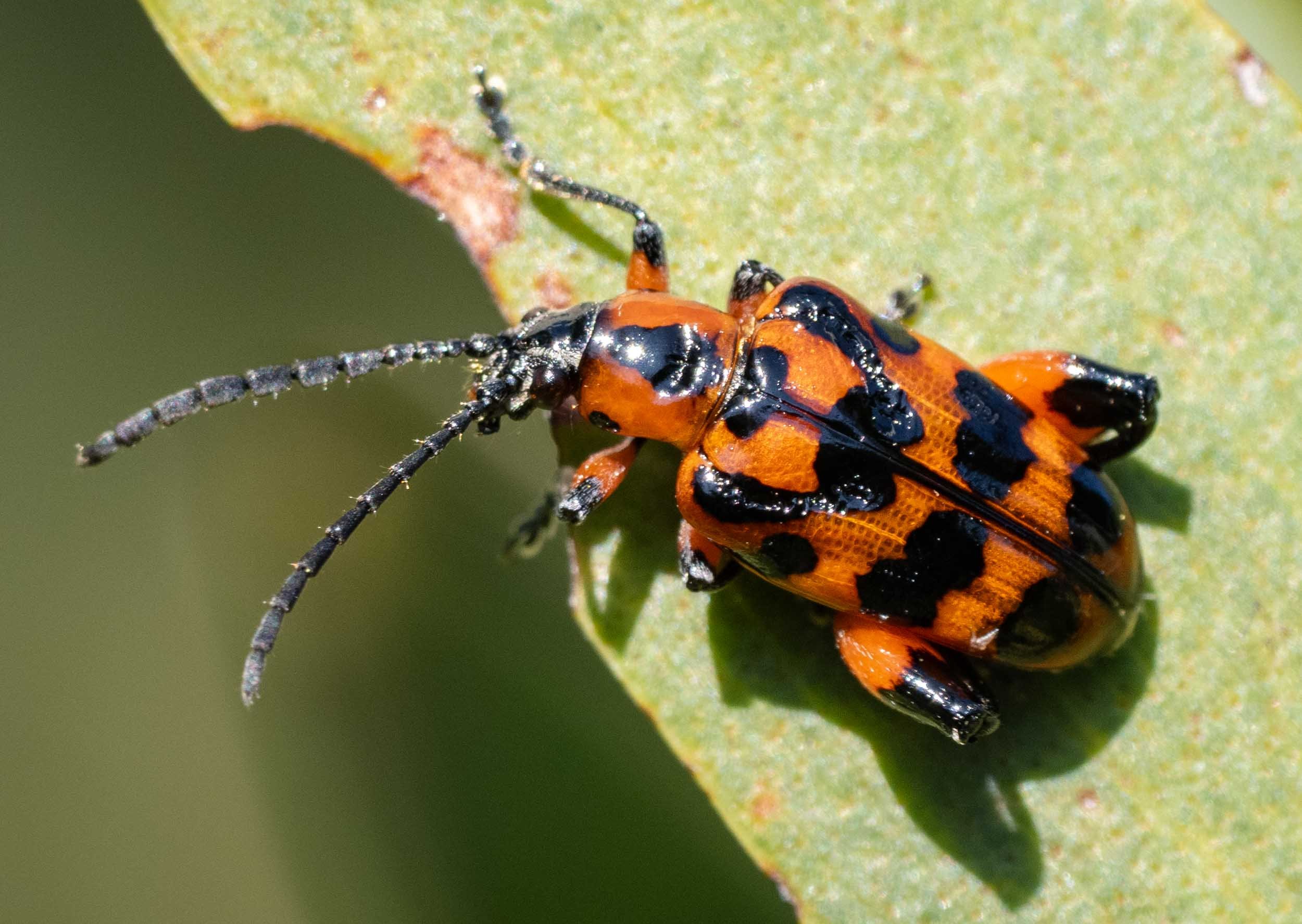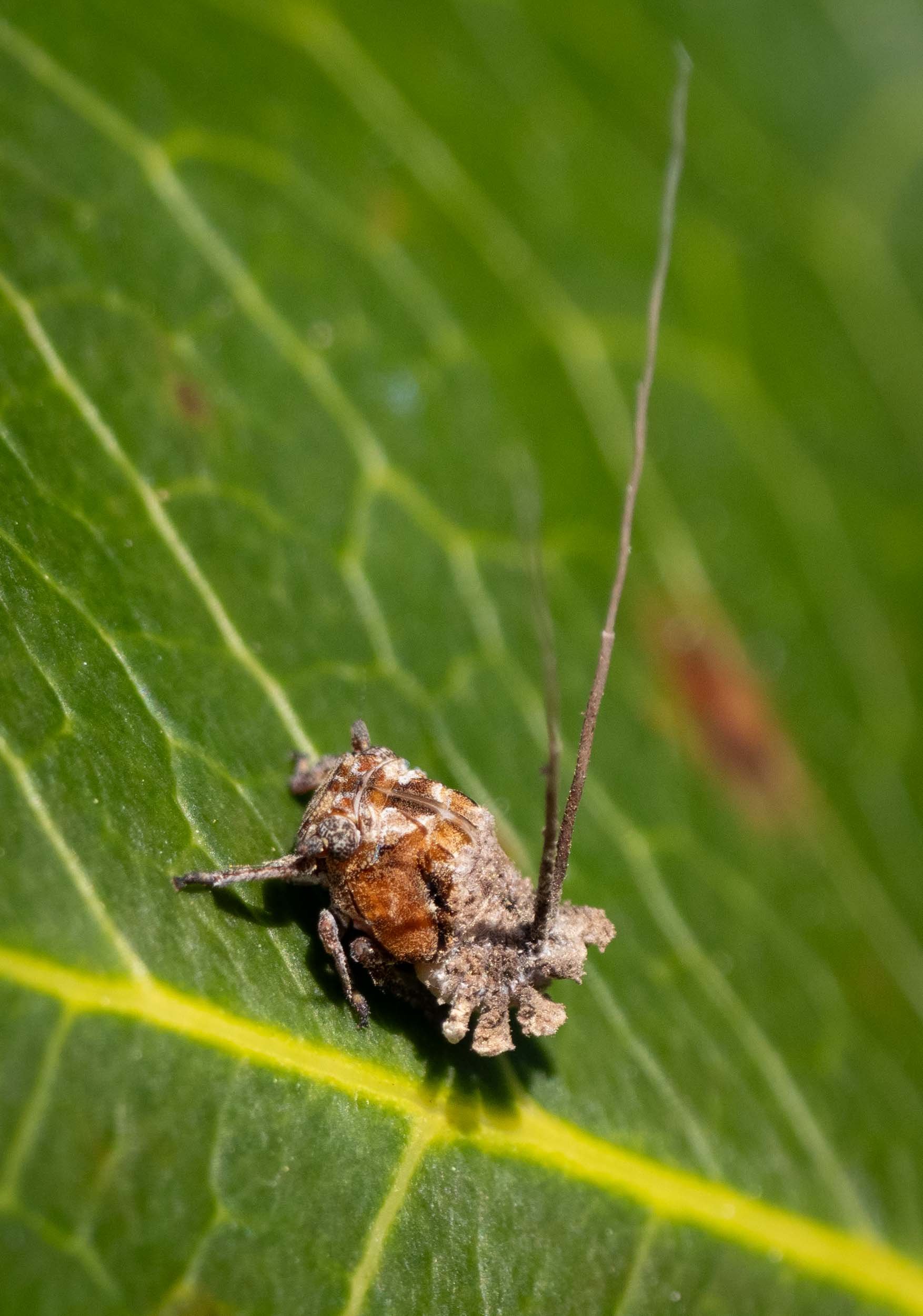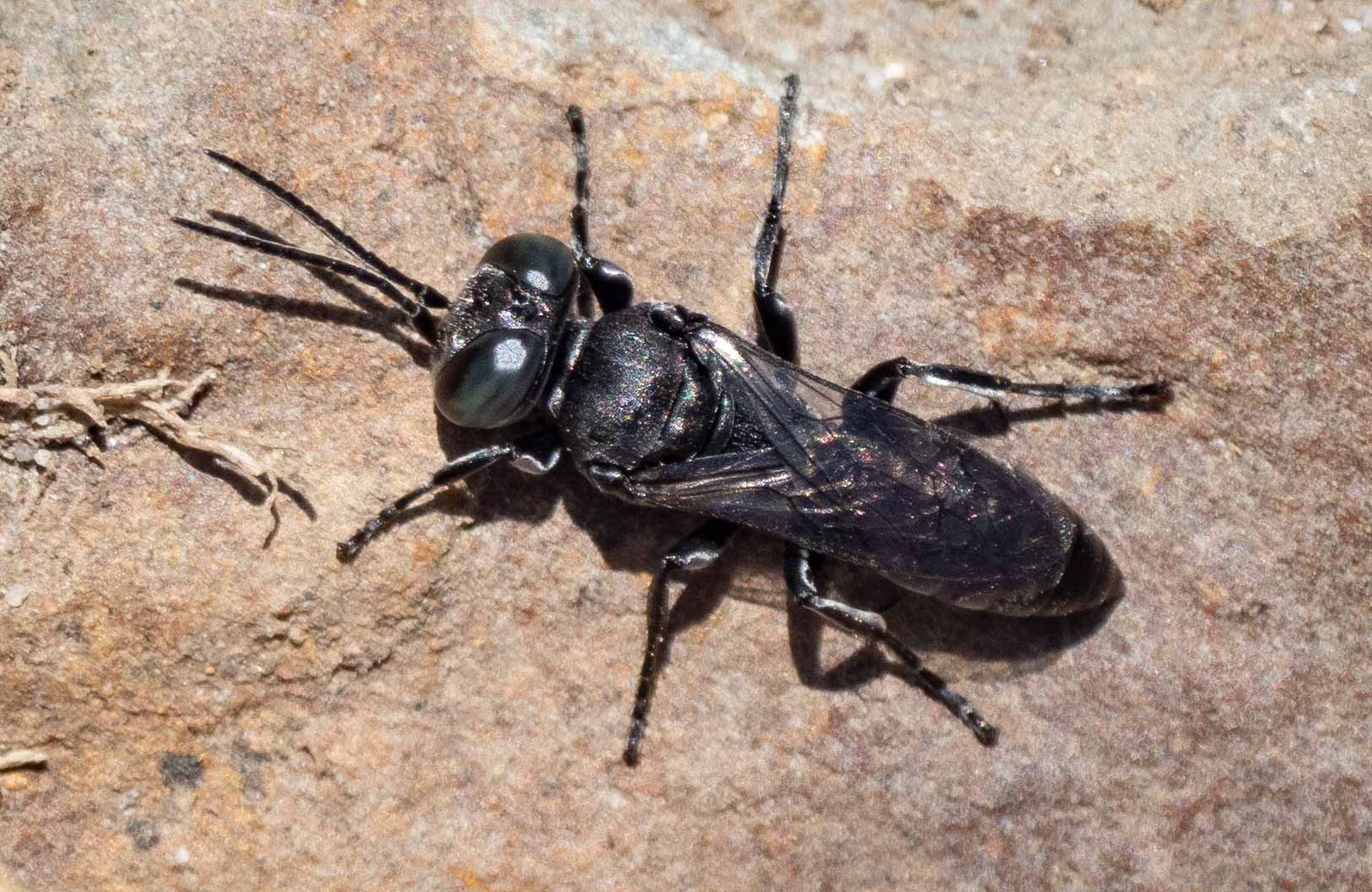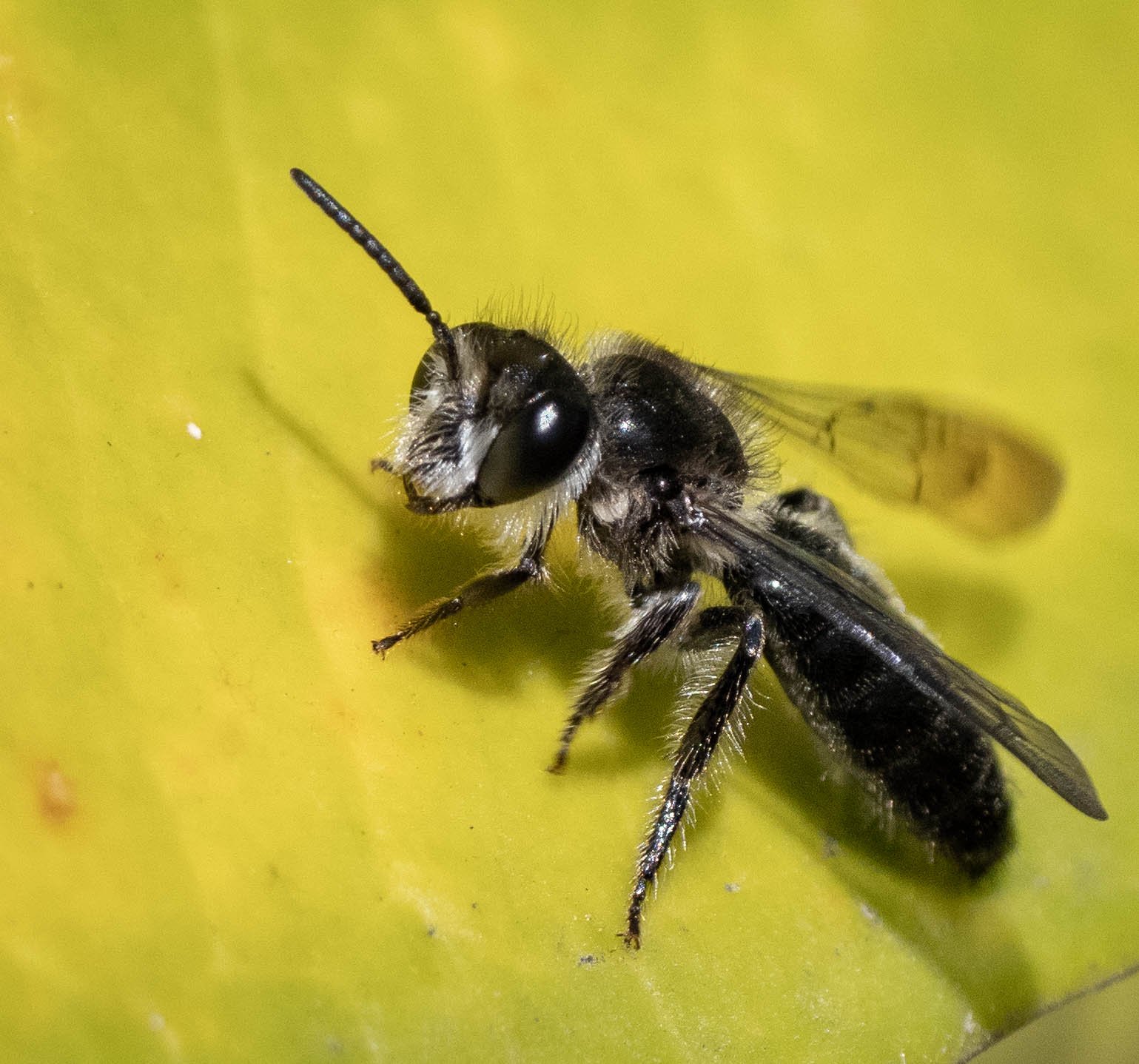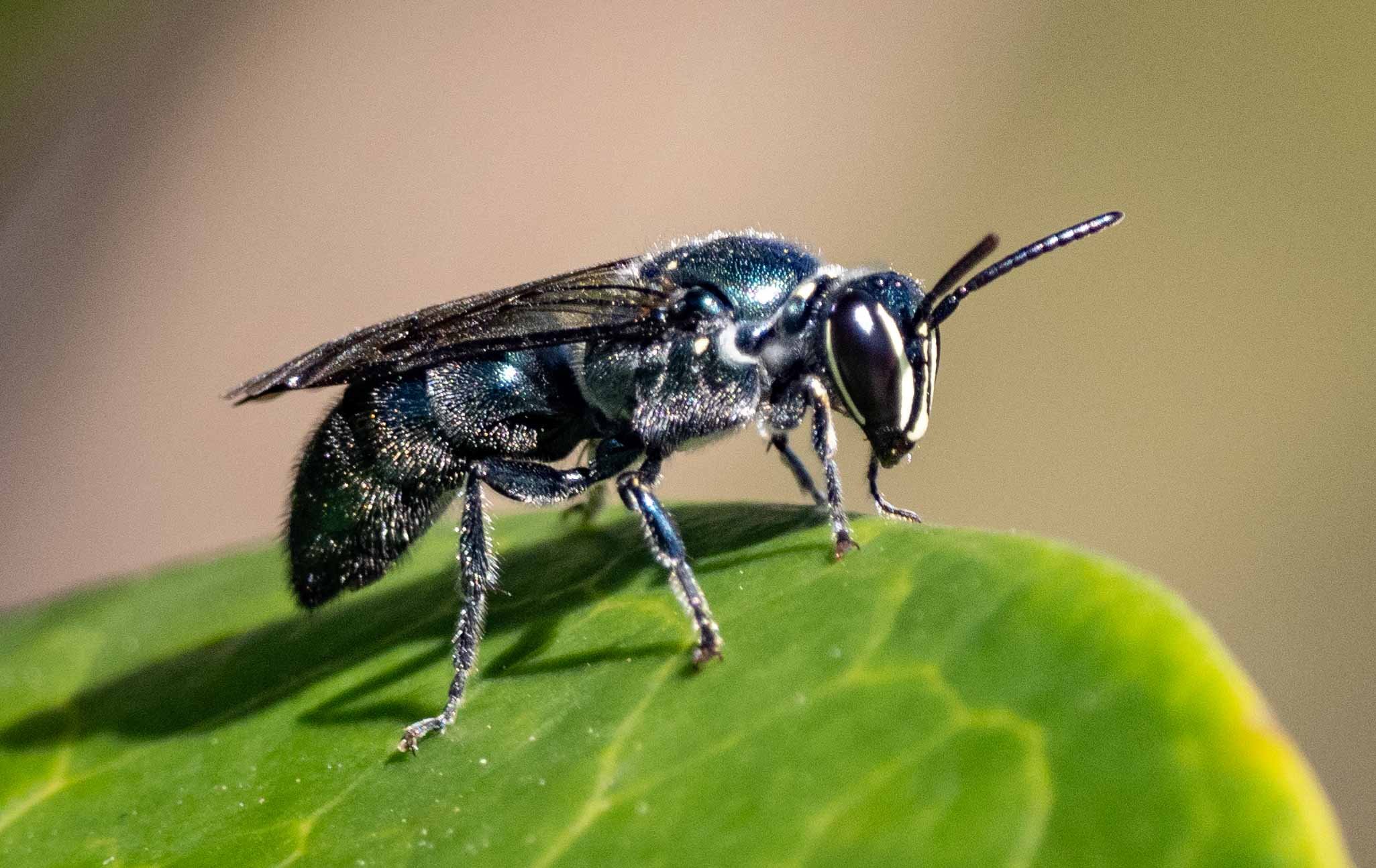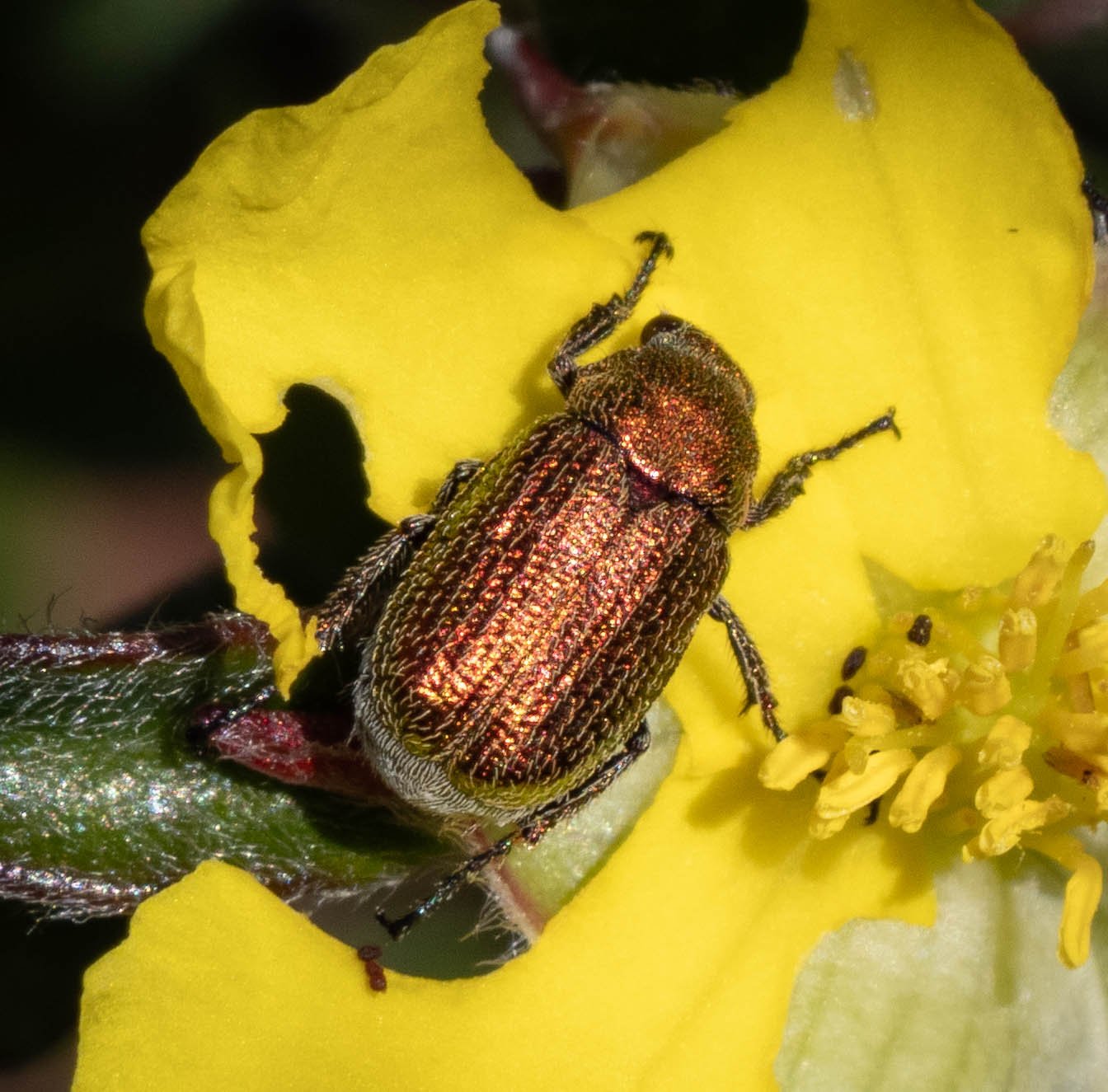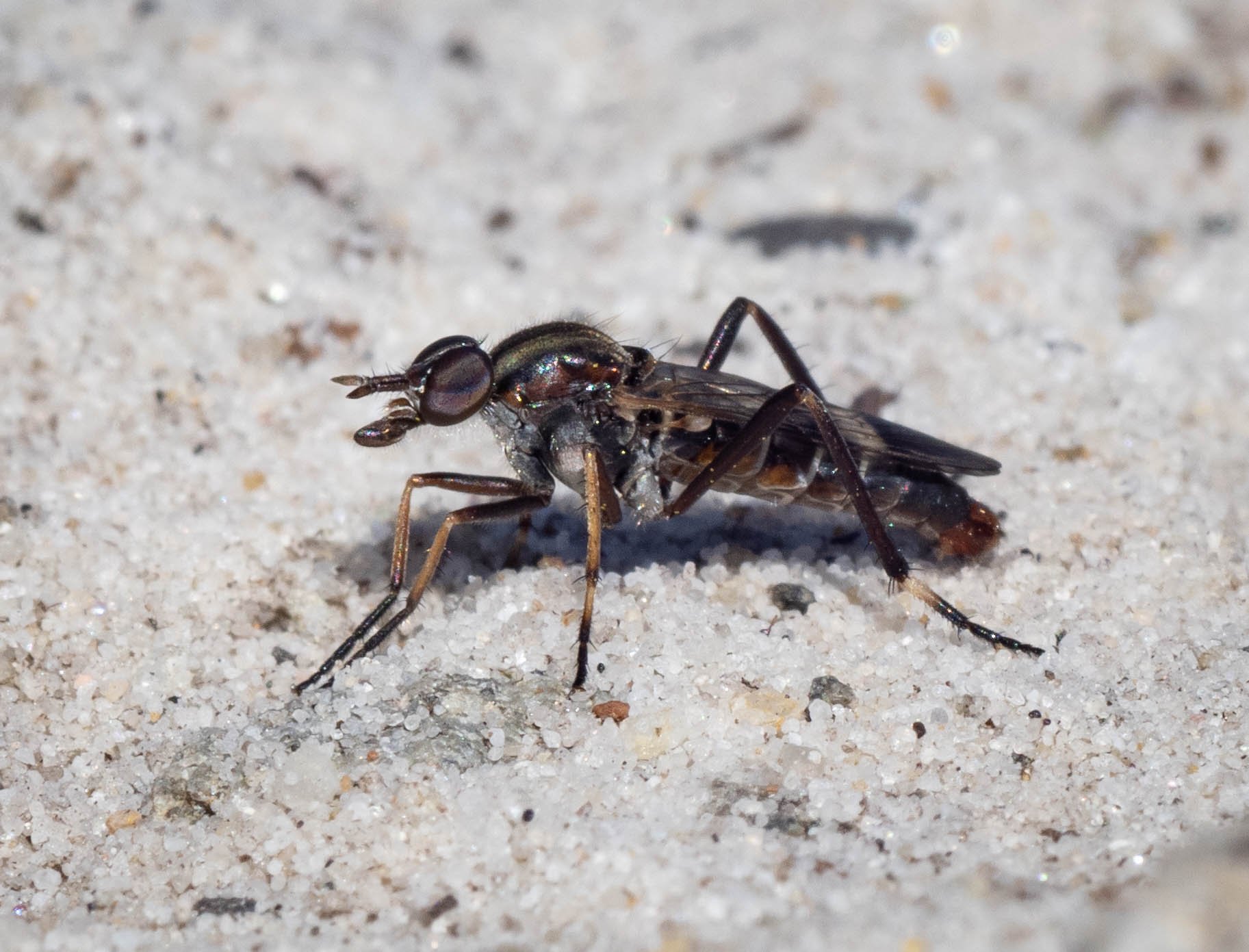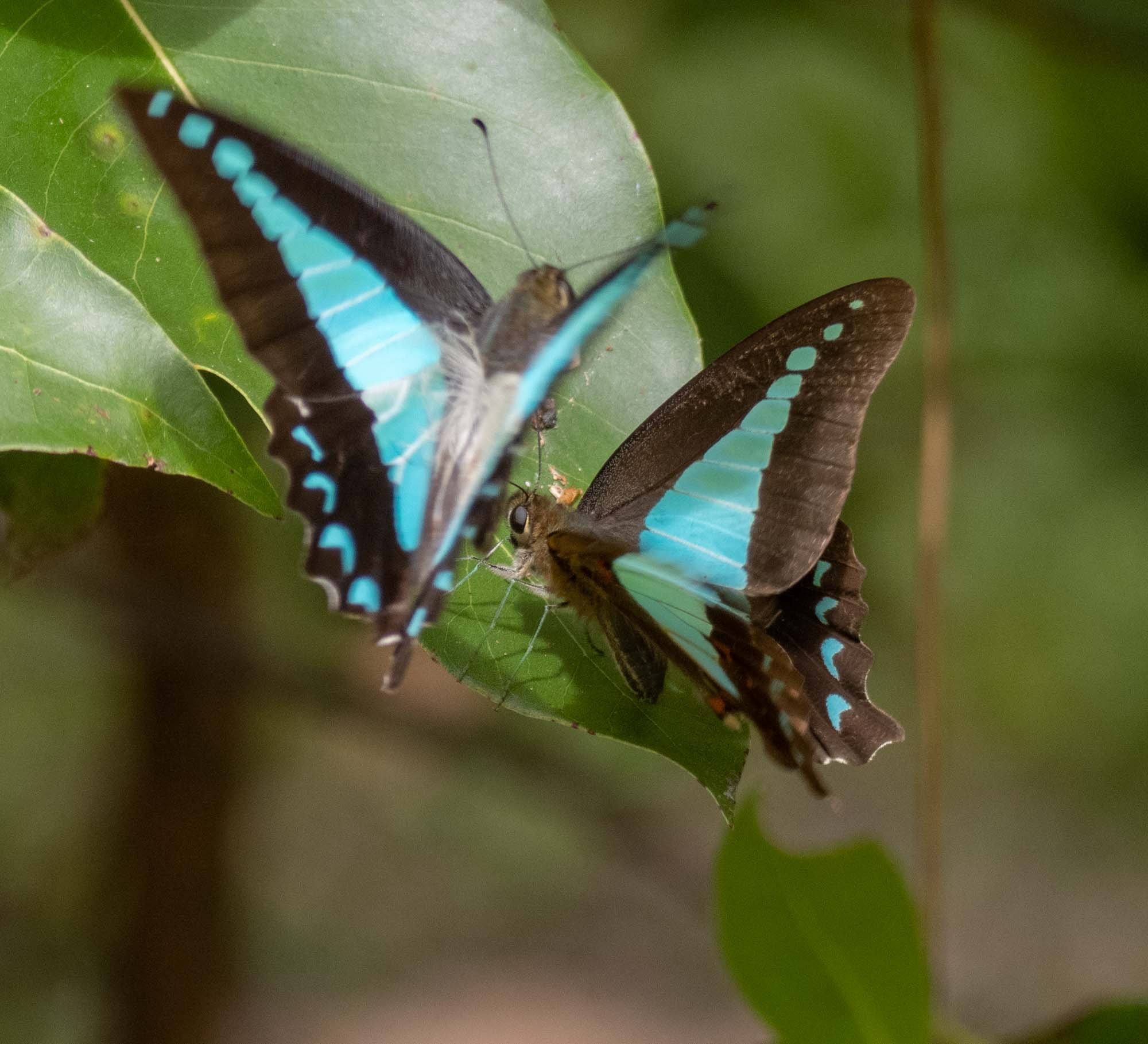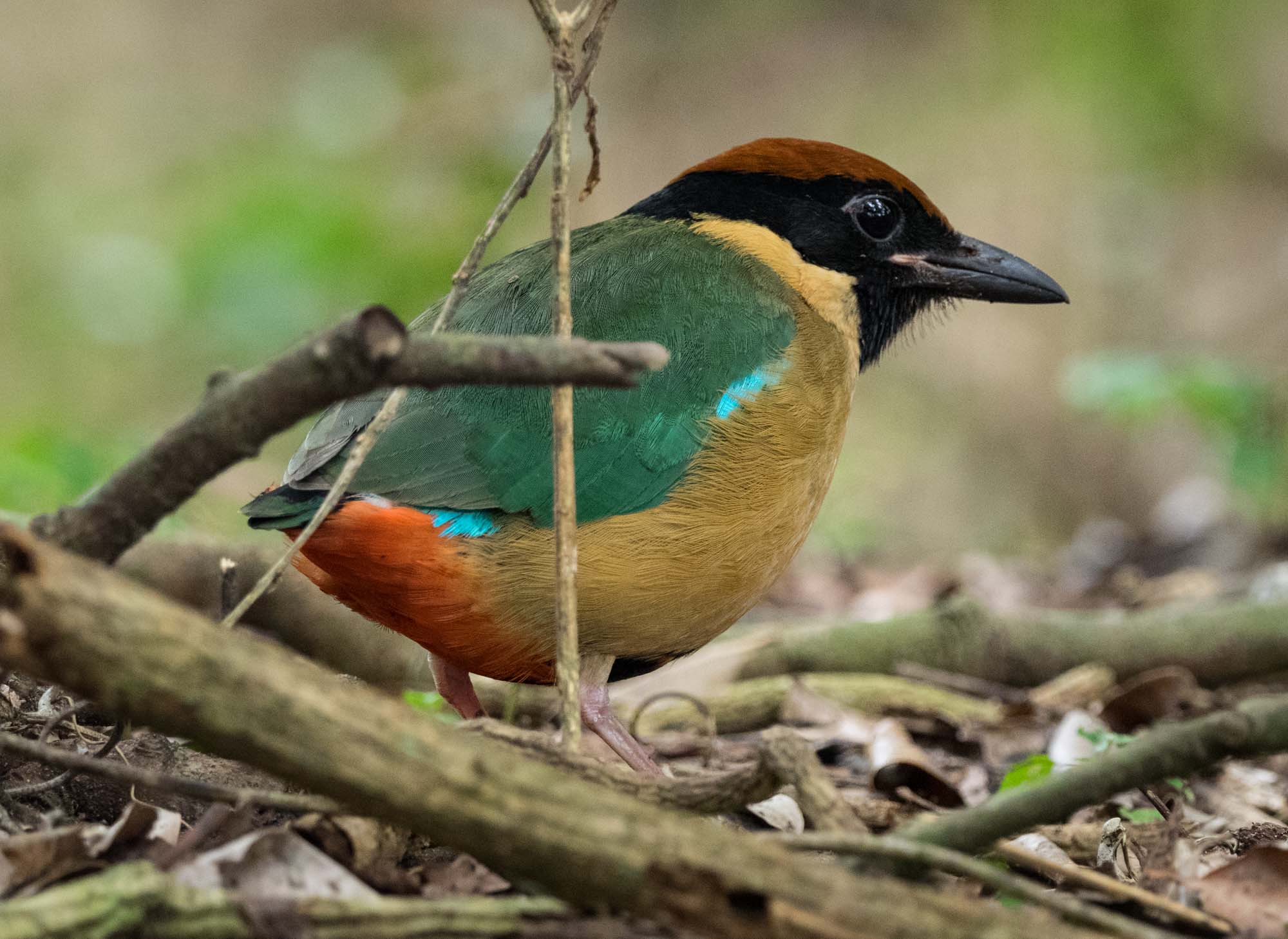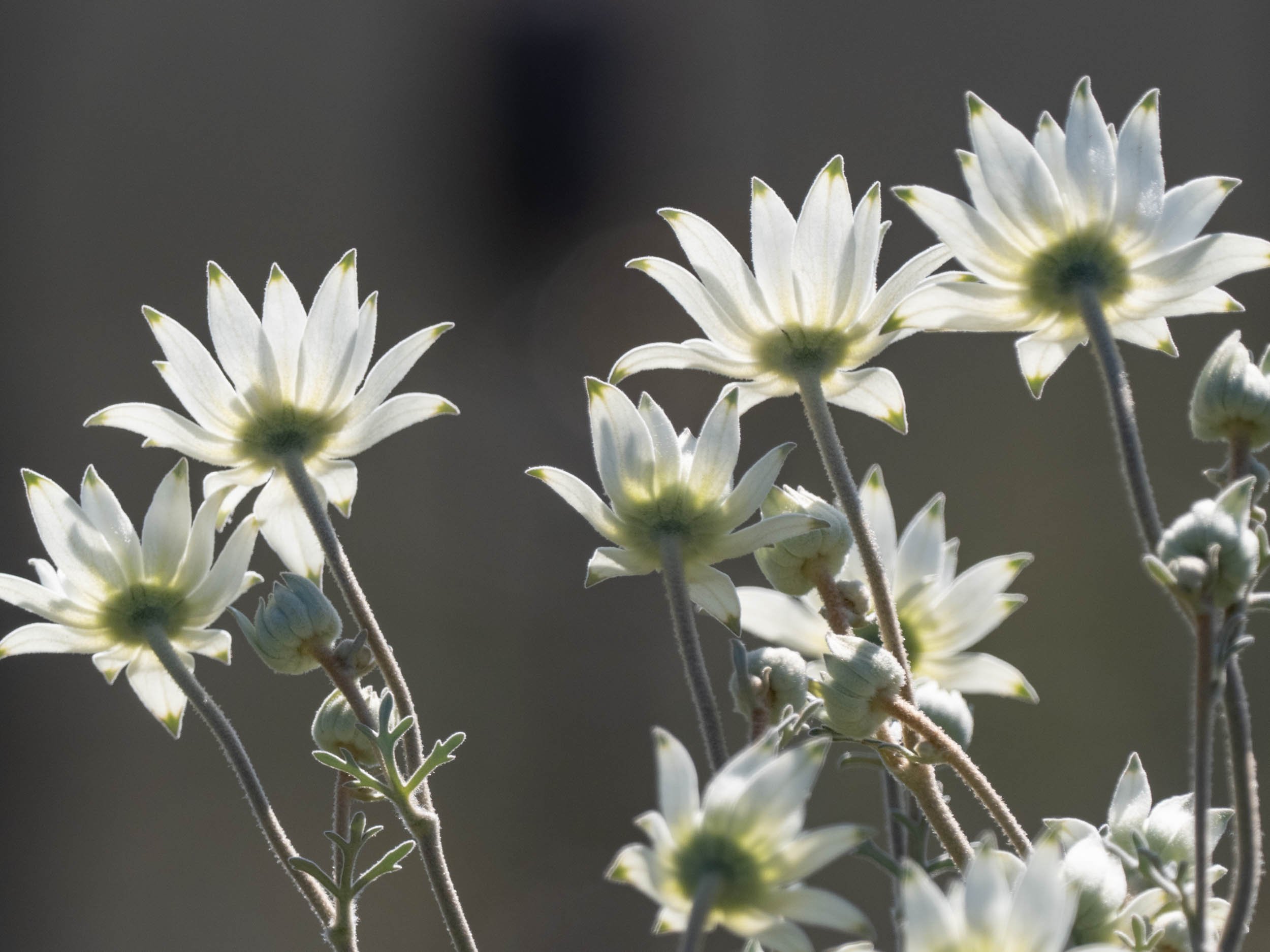
A travel story
We spent the first half of August in the Clarence Valley, visiting family … cameras close at hand.
Birds galore
The lower Clarence valley is a recognised birding hotspot. A variety of ecosystems within close proximity, including rare patches of littoral rainforest. Large bush areas protected as national parks. A wide estuary with extensive sand flats. And a mild climate. Even without twitching in earnest we ticked 78 species, including a spectacular ‘lifer’. The unmistably yellow and black of a male Regent Bowerbird flashed past us in the littoral rainforest at Iluka. A breathtaking moment, over in a second, and despite continuing to search this was our only glimpse. Unfortunately no photo … this time.
Rainbow bee-eaters!
Merops ornatus
This was perhaps the nature highlight of our visit!
Soon after we arrived, we heard the distinctive calls of bee-eaters in flight. At first they eluded us, hawking over more distant forest and heath … but then our luck changed. Each day they would appear in the tall trees alongside the house. Gliding, spiralling forays overheard to grab flying insects. Bees, wasps and beetles were all fair game.
Resident Osprey
Pandion haliaetus (cristatus)
These birds feel like family. They have built a nest alongside my parents’ house, and even out of breeding season they tend to use it as a home base. Whether winter or summer, we see them up close. They are completely unfazed by passing people and boats.
Flowers, trees and a bizarre fungus
Flowering is well underway for many species, including various plants of the coastal heath.
Aseroe rubra
RAINFOREST FRINGE
Drosera binata
Like other sundews, this plant traps insects in drops of glue secreted from glands on its leaves. But it is unique among the sundew family in having narrow, forked leaves.
COASTAL HEATH
Machaerina rubiginosa
COASTAL HEATH
In search of wasps, bees and other small creatures
When we left home in late July, insects were still in winter mode. Most bees and wasps were hidden below ground or in plant stems. Apart from the ubiquitous (and unwelcome) honey bees, few insects had taken flight … so we were keen to search for insect activity up north.
No sand wasps as yet, but a beautiful bee we’ve never seen before!
Palaeorhiza
COASTAL HEATH
Tetragonula carbonaria
RAINFOREST FRINGE
Tetragonula carbonaria
RAINFOREST FRINGE
Tetragonula carbonaria
RAINFOREST FRINGE
Tetragonula carbonaria
RAINFOREST FRINGE
Hylaeus
COASTAL HEATH
Hylaeus
COASTAL HEATH
Palaeorhiza
COASTAL HEATH
Mecynodera balyi
COASTAL HEATH
Platybrachys
COASTAL HEATH
Tachysphex (?)
COASTAL HEATH
Leioproctus
COASTAL HEATH
Palaeorhiza
COASTAL HEATH
Diphucephala
COASTAL HEATH
Ectinorhynchus
COASTAL HEATH
Ocypode cordimana
COASTAL HEATH
Philobota strigatella (see iNat sighting)
COASTAL HEATH
Leioproctus
COASTAL HEATH
Leptocoris sp.
COASTAL HEATH
Pycnostictus seriatus
COASTAL HEATH
Tribe Carphurini
LITTORAL RAINFOREST
Torbia sp.
RAINFOREST FRINGE
Just a few days in Yamba … and we found the sand wasps I was seeking, plus a few other interesting insects in the heathland and nearby stands of littoral rainforest.
A couple of weeks visiting family provides us with the excuse to prowl the varied natural habitats of this nature-rich part of northern NSW.
31st July to 12th August, 2023
During a short stay with family on the edge of rainforest in northern NSW we uncover a vast array of unfamiliar insects.
At Yamba in northern NSW, we are treated to views of a nesting pair of Eastern Ospreys - up close!

